|
Cromer is surely the place in Britain for seeing juvenile Caspian Gulls in late summer. While my visit to north Norfolk coincided with murky conditions and north-easterly airflow over the weekend of 15-16 August, which may have been conducive to them arriving from the Continent, a minimum of 13 birds over three days still suggests that it is something of a hot-spot. The thing is, it's so easy to see Caspian Gulls there. At least one or two were conspicuous on the beach every time I arrived. Throw some bread out and get a melee going, and more appear. At one point I had a dozen large gulls sat on the beach around me, four of which were juvenile Casps. It has to be seen to be believed. Geographically speaking, it makes sense. Cromer is situated at the north-eastern corner of one of England's most easterly counties. Directly to the east lies the coast of North Holland. It's perfectly positioned to be the first arrival point for juvenile Caspian Gulls dispersing westwards from mid-July. Much in the way that south-east England seems to be the point for the first arriving Yellow-legged Gulls a couple of weeks earlier. For anyone interested in gulls, Cromer comes highly recommended for unrivalled opportunities to study Caspian Gulls at point-blank range. I managed to photograph 12 of the 13 individuals seen on my visits, each of which is detailed below. You'll have to forgive the awful light and often misty conditions, which didn't help photography in the slightest (at one point my camera got so wet that it packed up working altogether). Bird 1A fourth-calendar-year bird, quite small but with a very distinctive look. This bird has been a regular at Cromer since autumn 2017 (I photographed it in late October that year, it was a beautiful and striking bird at that age; see here). Bird 2A second-calendar-year with a particularly striking structure – elegant, small-headed, really long legs, slim bill ... the full ticket. In active wing moult, with p10 yet to be dropped. This bird has been around for some time, having spent last winter along the coast here and been regular in its appearances throughout the spring and summer. Now well on the way towards second-winter plumage. Bird 3A big and bulky juvenile, with pale coverts and a generally washed out feel to the plumage. Tertials extensively tipped pale. A typical cachinnans tail pattern, although a fair bit of subterminal 'tiger stripe' patterning on the retrices. Underwing is pale. Bird 4This small, slim and elegant juvenile was first seen by Andy Hale on 2 August. It's become quite worn since then and looks a bit messy in the face now. Probably the most distinctive feature at rest is the overgrown upper mandible, creating a hooked tip. Structure and plumage are excellent. The tail band is quite narrow, a pattern seen more typically in Yellow-legged Gull. Bird 5In terms of plumage, a bit of a classic. Uniform scapulars with narrow, diffuse fringing, plain coverts with weak internal markings on the greaters, some paling towards the tertial tips and already very white below. The underwing is whitish. However, it's a bit of an ugly creature – there's something about the head, bill and eye that just doesn't make for great viewing. Poor thing. Bird 6'Pear-shaped' is a description often associated with a Caspian Gull's head structure. While not always the case in practice, it certainly applies here. This advanced bird has already moulted quite a few scapulars but, more strikingly, quite a lot of coverts, too. The juvenile inner greater coverts show the classic indistinct internal markings, with the outers quite plain and showing a sharp contrast. Tail band is broad, with plenty of 'tiger stripe' markings across the feathers, and the rump is heavily marked. Bird 7A funny juvenile that likely has some Herring genes. Structurally, it looked a good Casp, with long legs, rangy structure, small head and long bill. Call was typical cachinnans. However, the greater coverts and tertials are strongly notched (the former rather like a bird I had in London in September 2019), while the juvenile scapulars show that 'oak leaf' pattern you'd expect on your average Herring. It'll probably look quite nice when it's moulted through. Bird 8A first-calendar-year with already plenty of scapular moult and a few coverts dropped. Tertials and coverts are crisply fringed, with the former having slightly stronger internal notching than usual. Very long legged, it's a nice bird with great structure. Underwing very white, with quite a narrow tail band. Underparts paling nicely, but a strong brownish shawl is apparent. Bird 9Probably my favourite of all the juveniles seen over the three days. Smooth and chocolatey, with an overall concolorous and uniform appearance, especially to the upper parts and flight feathers. But it's the facial expression of this bird that really stands out. Some Caspians are just so distinctive, and this is one of them. The eye shape and position, combined with head and bill structure, are so unlike any Herring or Yellow-legged Gull. Although it's not shown in the below, the underwing was quite pale, but nonetheless muckier than most of the birds featured above. A great Casp doesn't have to have a crisp, clean underwing. Bird 10I glimpsed this first-calendar-year on 15th, but it showed much better on 16th. Pretty much ideal in all respects, really. And with the added bonus of a nice, neat tail band. What a belter. I include two images of the same individual from a similar angle just to illustrate how a bird's mood can alter its overall appearance so considerably. Note a few replaced scaps, the classic 'hanging belly', largely white underparts, elegant structure, bill shape etc. One to enthusiastically rub your thighs over. Bird 11A juvenile that only appeared offshore on a couple of brief occasions and never came too close. Nice upperparts, typical greater covert pattern with fine notching on the inners, typical tertial markings (pale tips). A little bit more of a gonys than you'd ideally like on the bill, but otherwise decent enough. Bird 12See enough Casps these days and you can bet a yellow ring will show up sooner rather than later. Slightly surprisingly, this smart individual – XJCP – originates from a colony at Braunsbedra, central Germany. This colony is even further west than the notorious hybrid colony at Laußig. Often, birds from this part of the world look a bit iffy. But this one looks the full ticket, with great plumage and structure. I particularly liked the broad tail band; very smart! Bird 13This was a tiny bird, so evidently a female. It's amazingly long legged, slender and lightweight, but the bill shape isn't exactly typical, being quite short and deep. It reminds me of a tiny bird that I saw in Essex five years ago. Plumage was nice all round, aside the rather well-marked greater coverts, with the moult quite advanced, and perhaps the whitest underwing of all the first-calendar-year Casps seen. But you do wonder whether birds like this are the legacy of Herring genes somewhere down the line. It's almost like a really dainty Yellow-legged, but the call was typical cachinnans. And, finally, it's worth a quick shout out to the Yellow-legged Gulls. Three or four present on each day at Cromer seafront – but it's certainly not like the Thames, where we're searching for a single Casp among the tens of michahellis!
0 Comments
Leave a Reply. |
This pageThe musings of a wildlife enthusiast, usually armed with his camera. Archives
May 2024
|
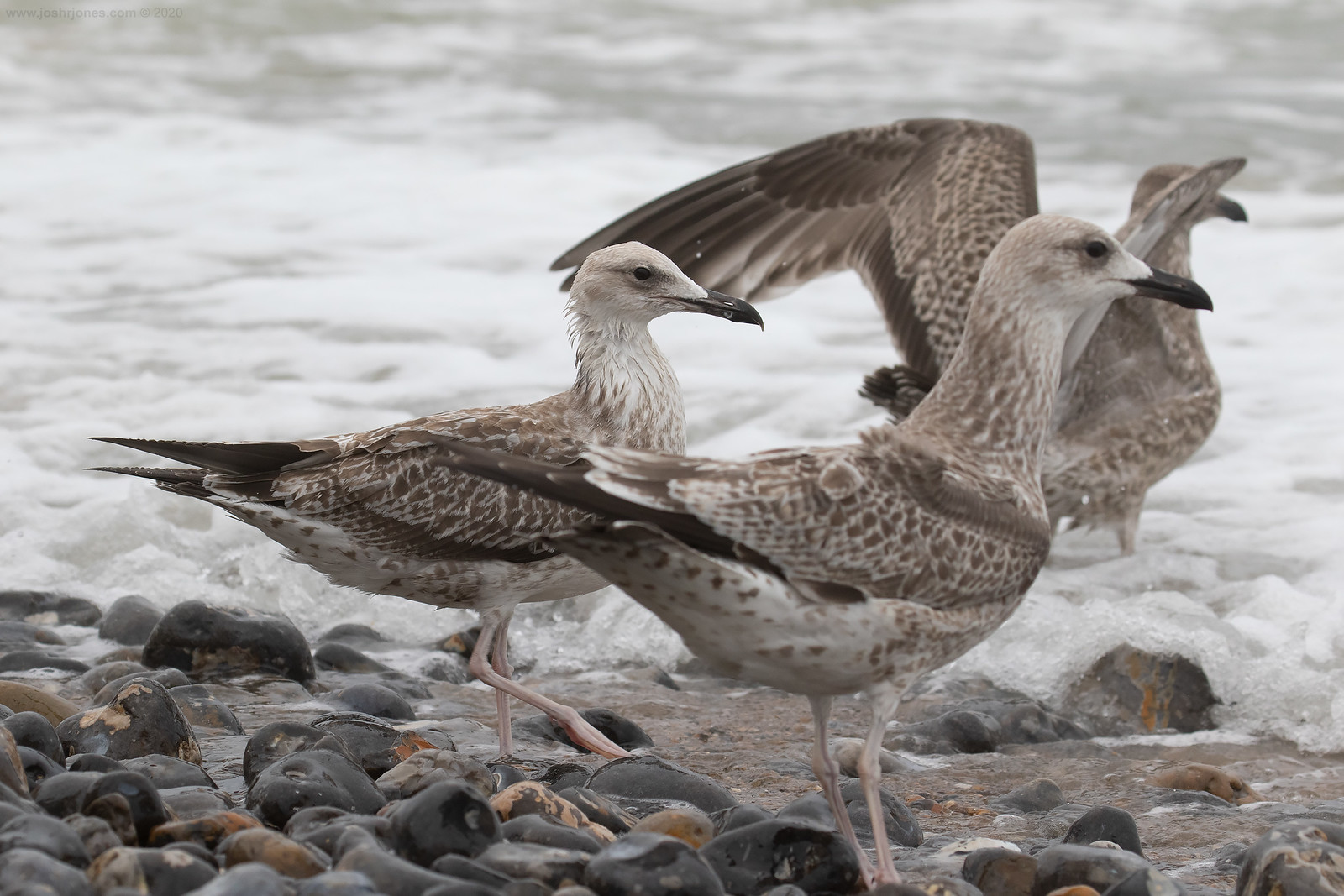
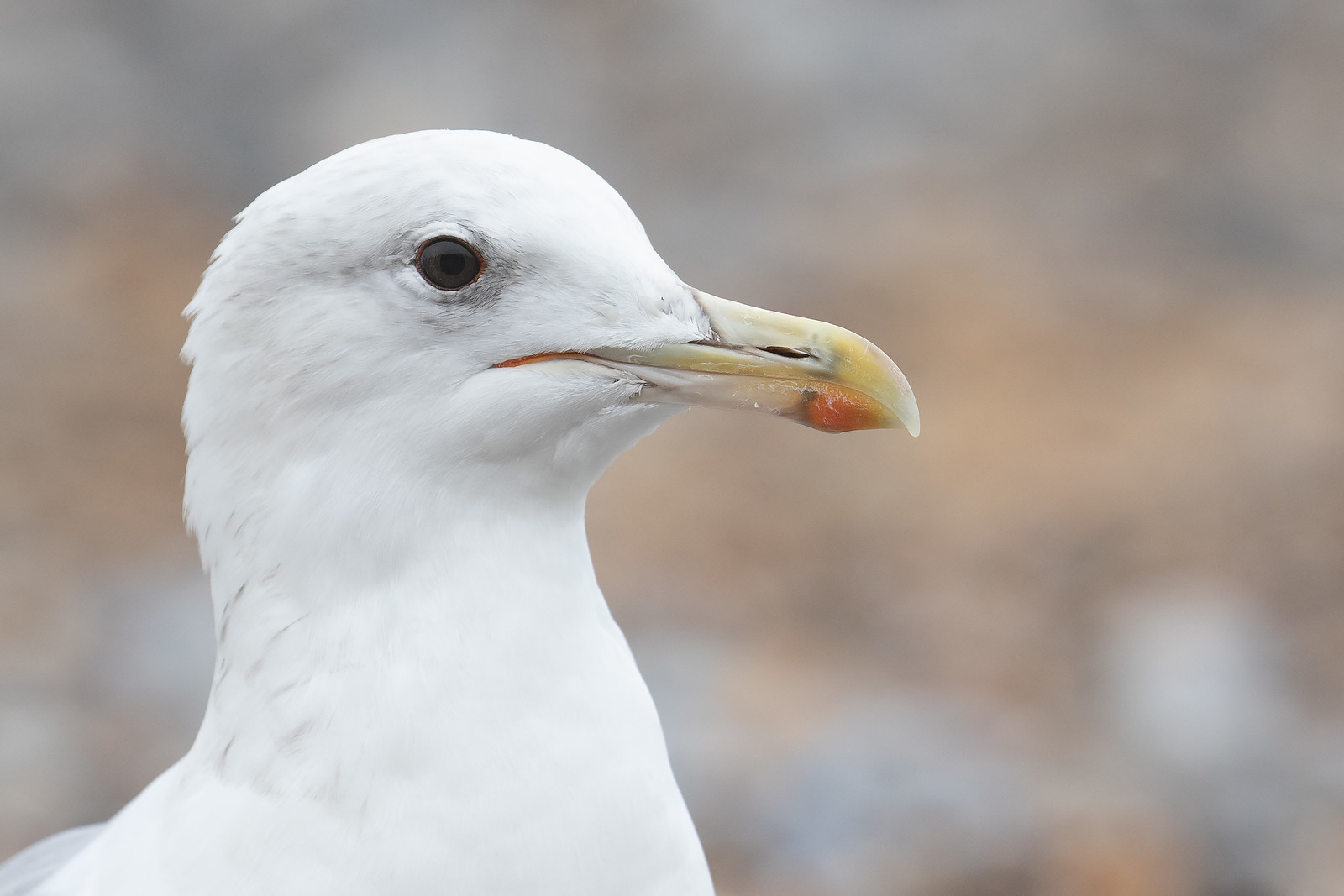
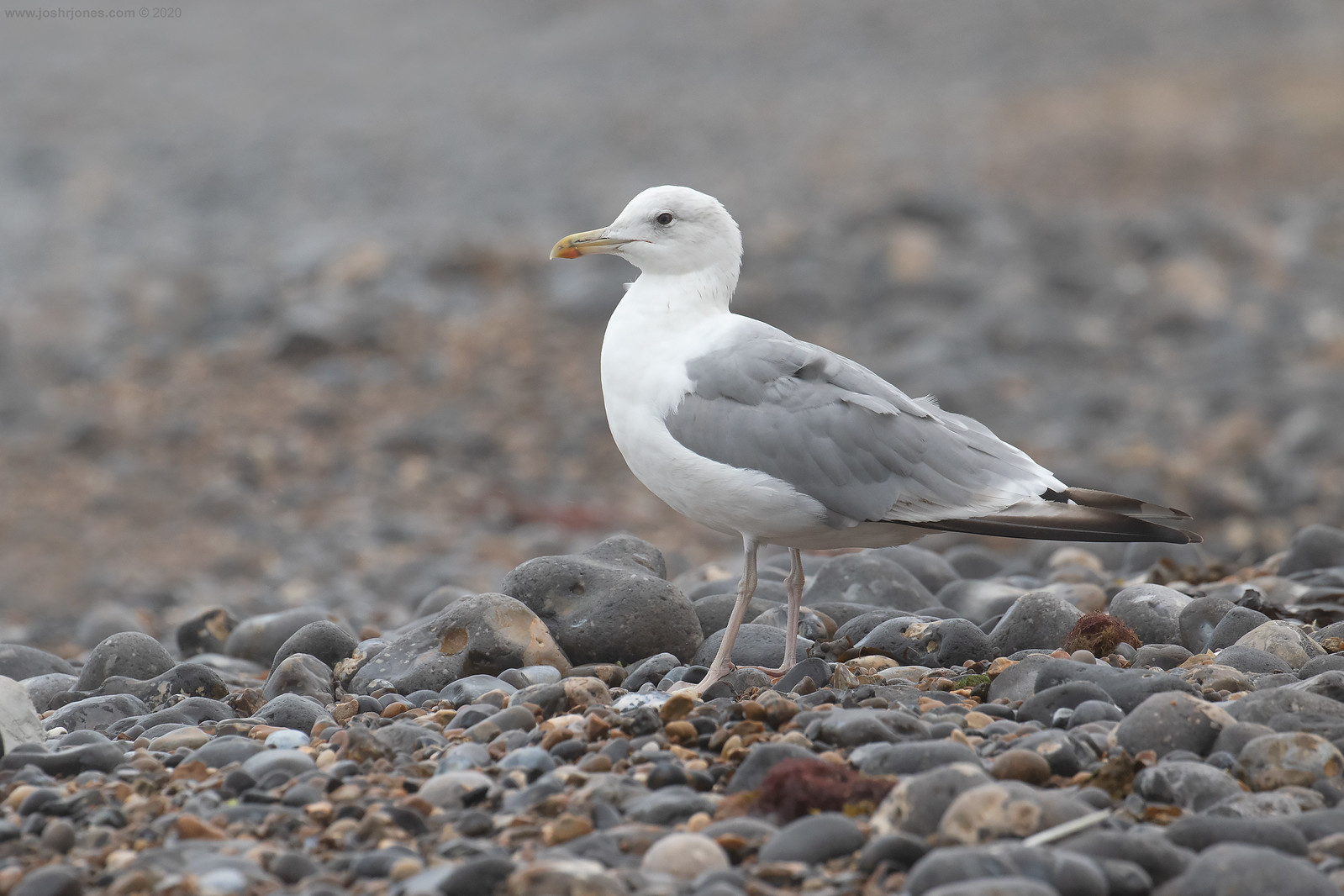
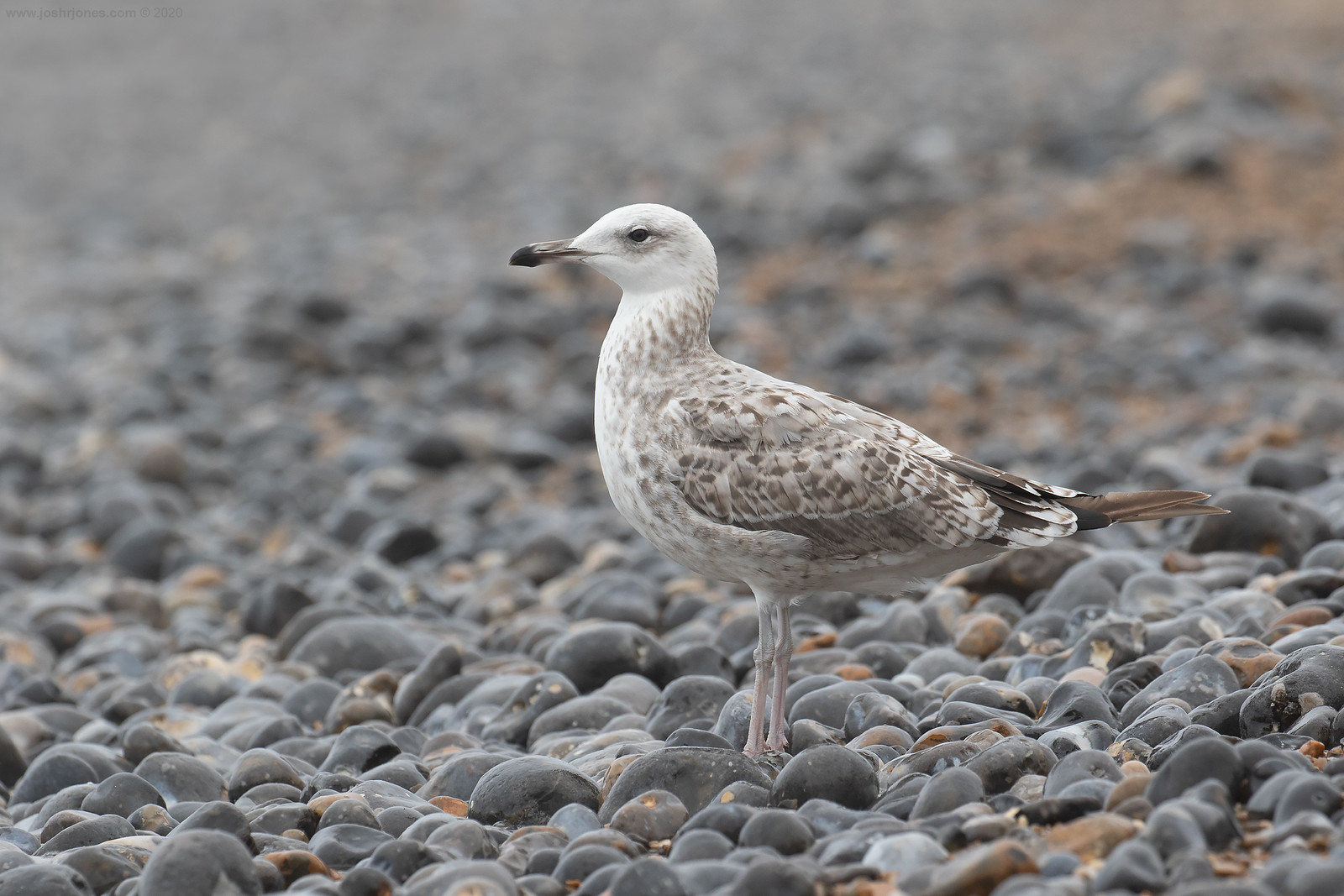
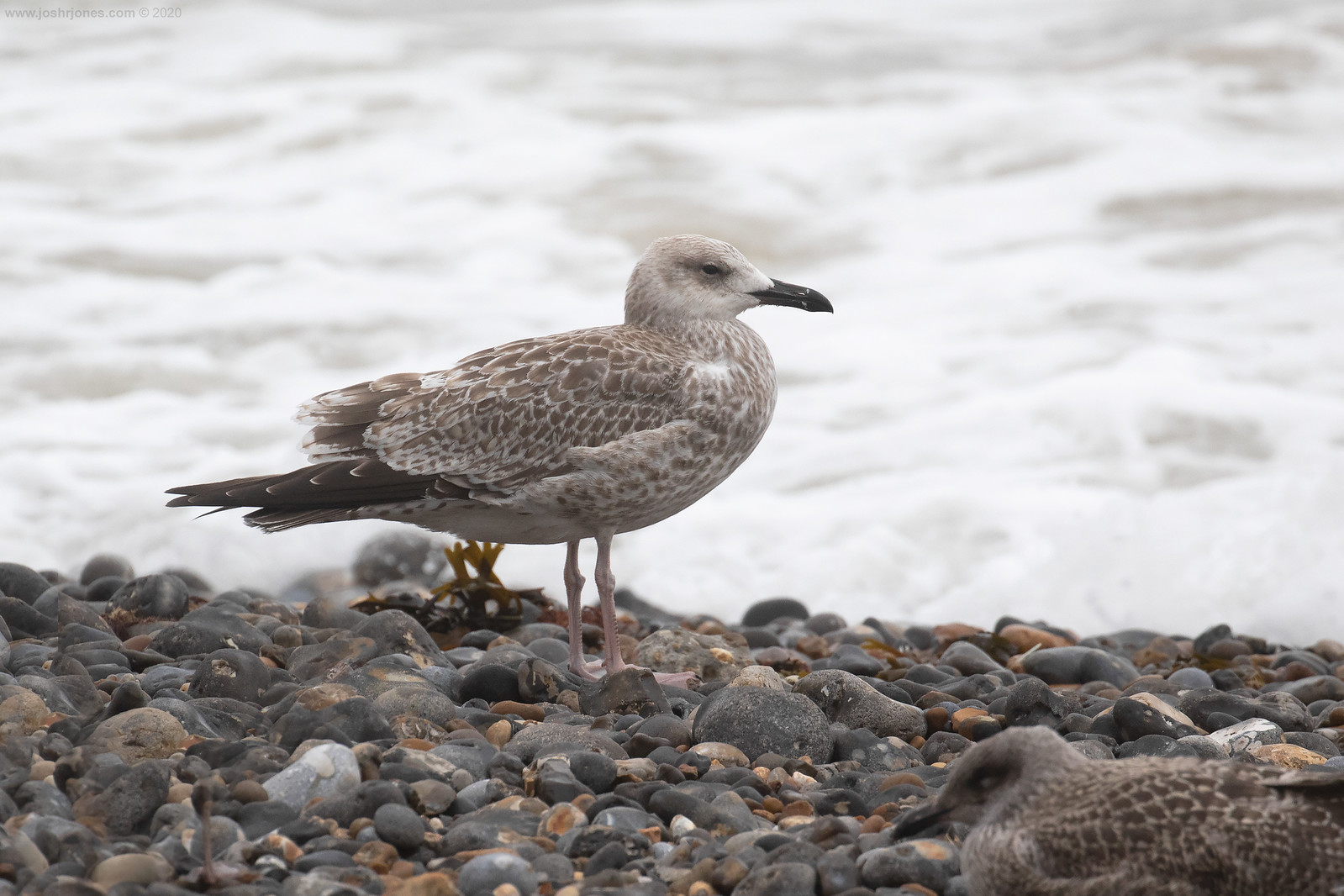
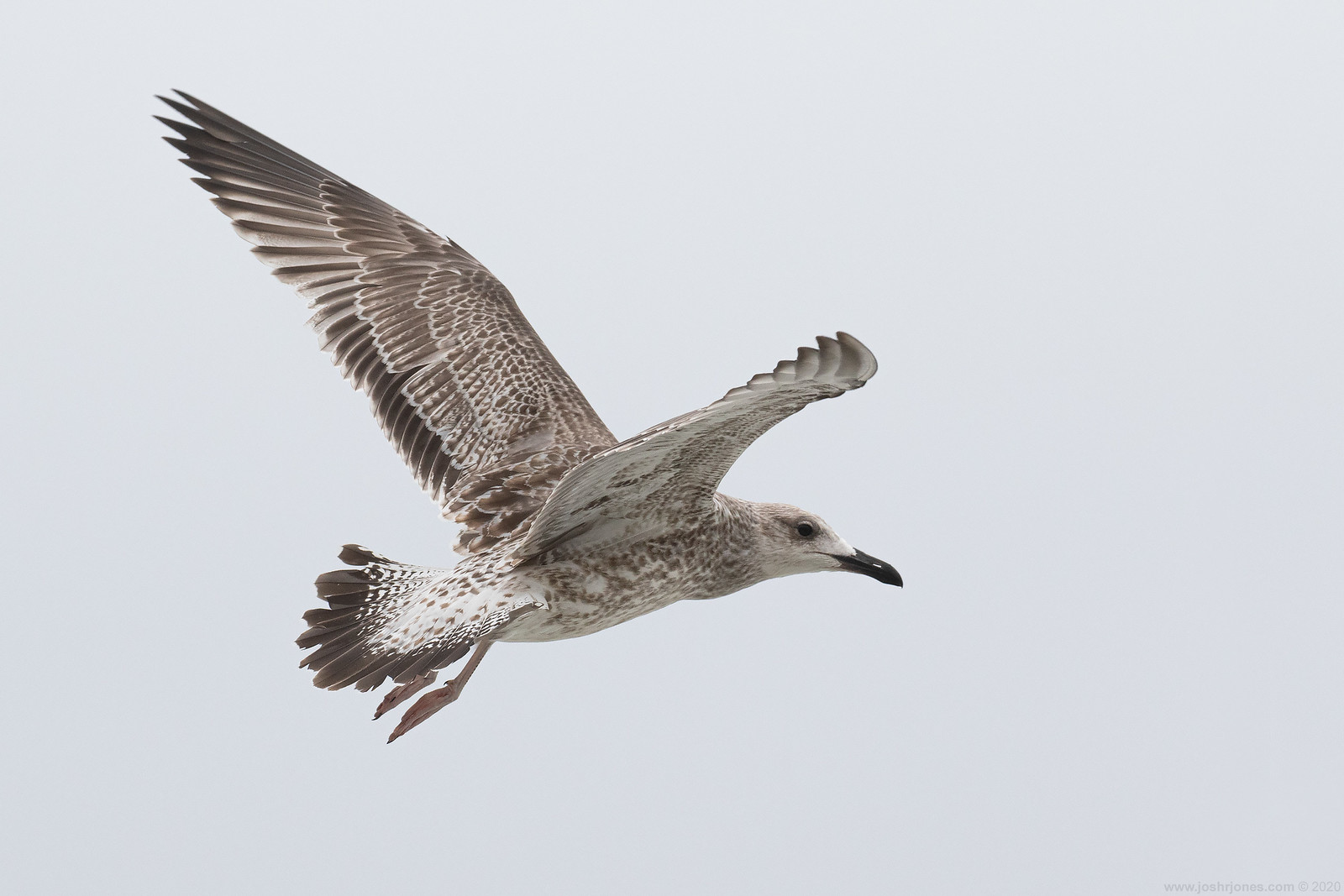
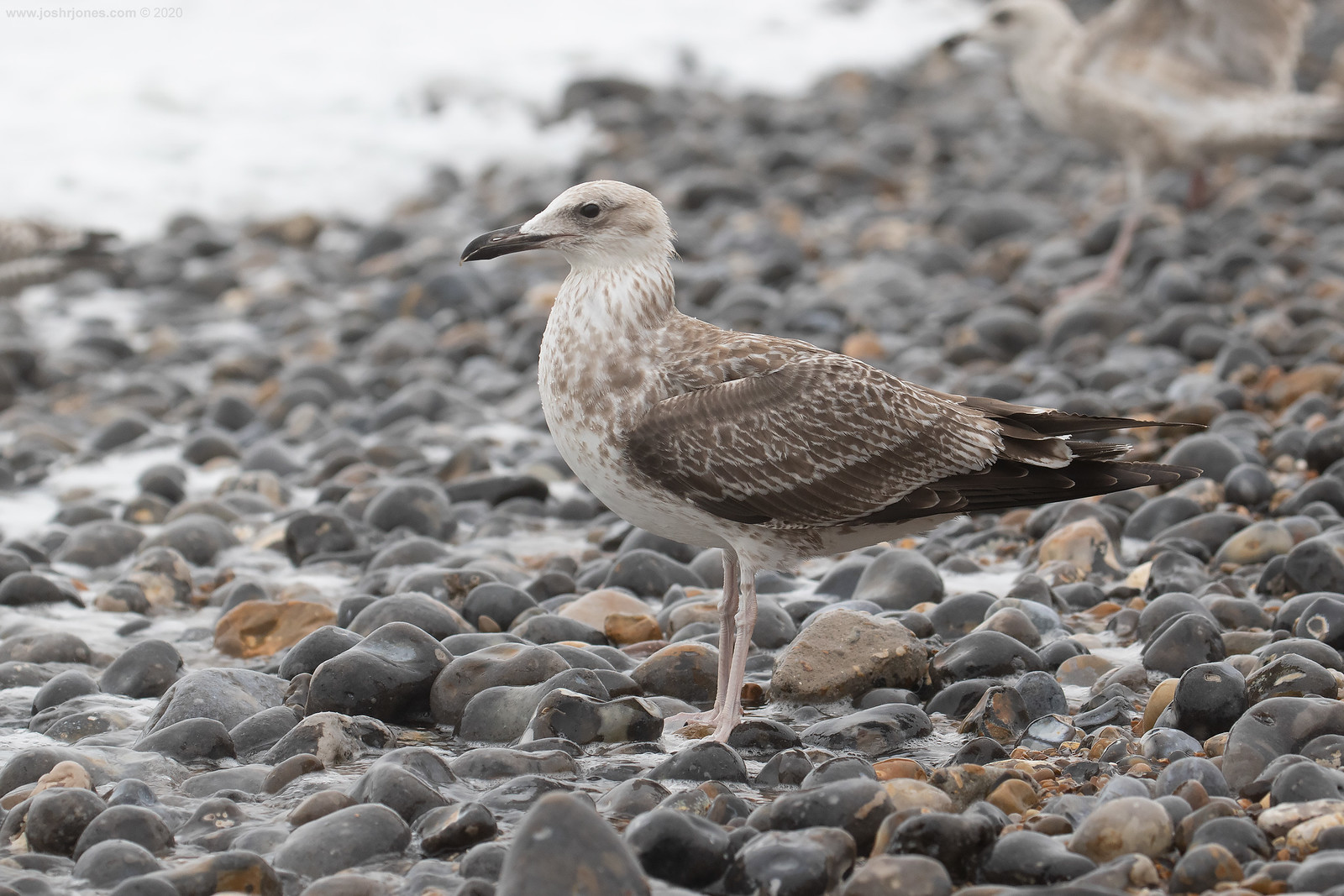
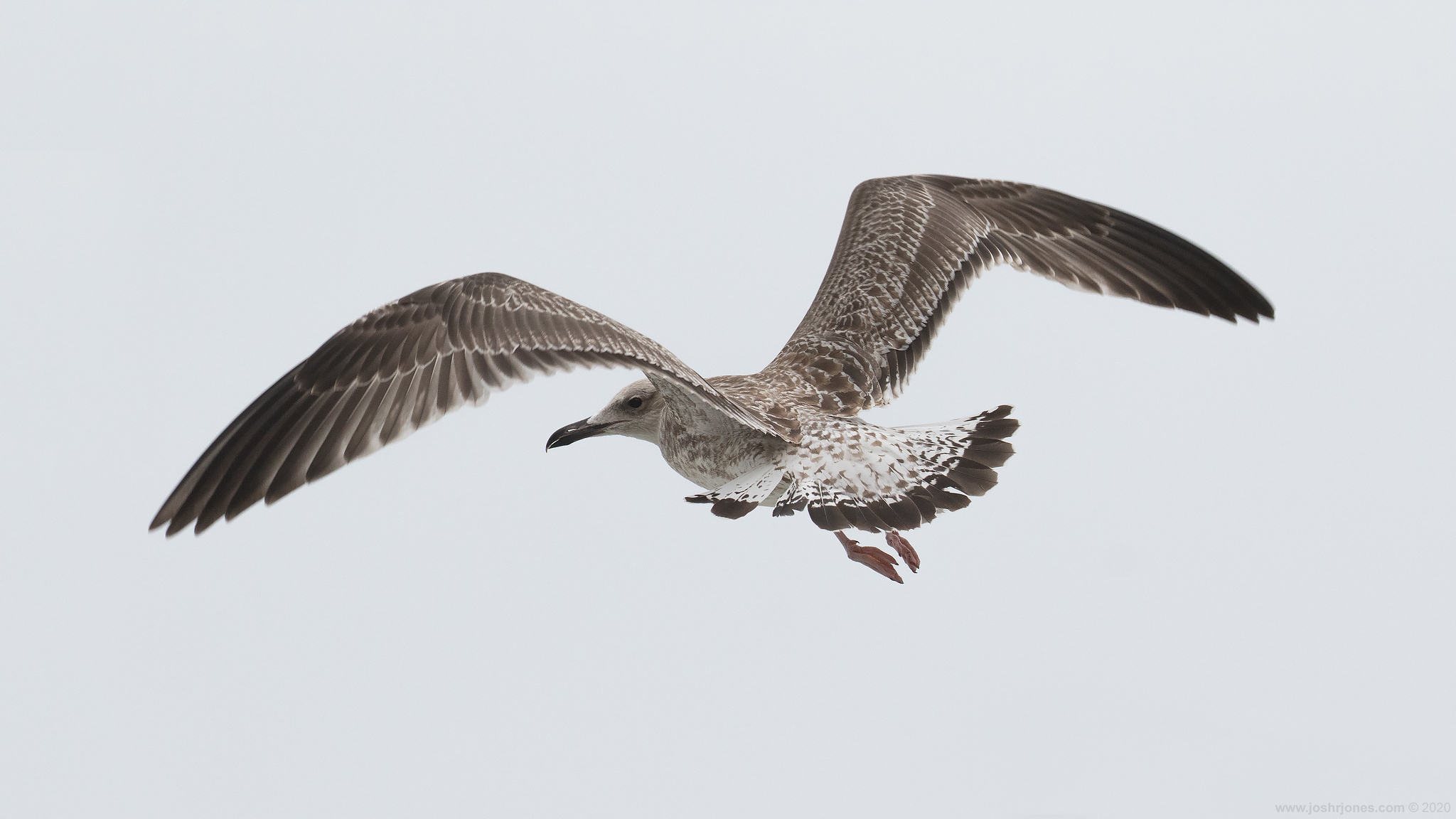
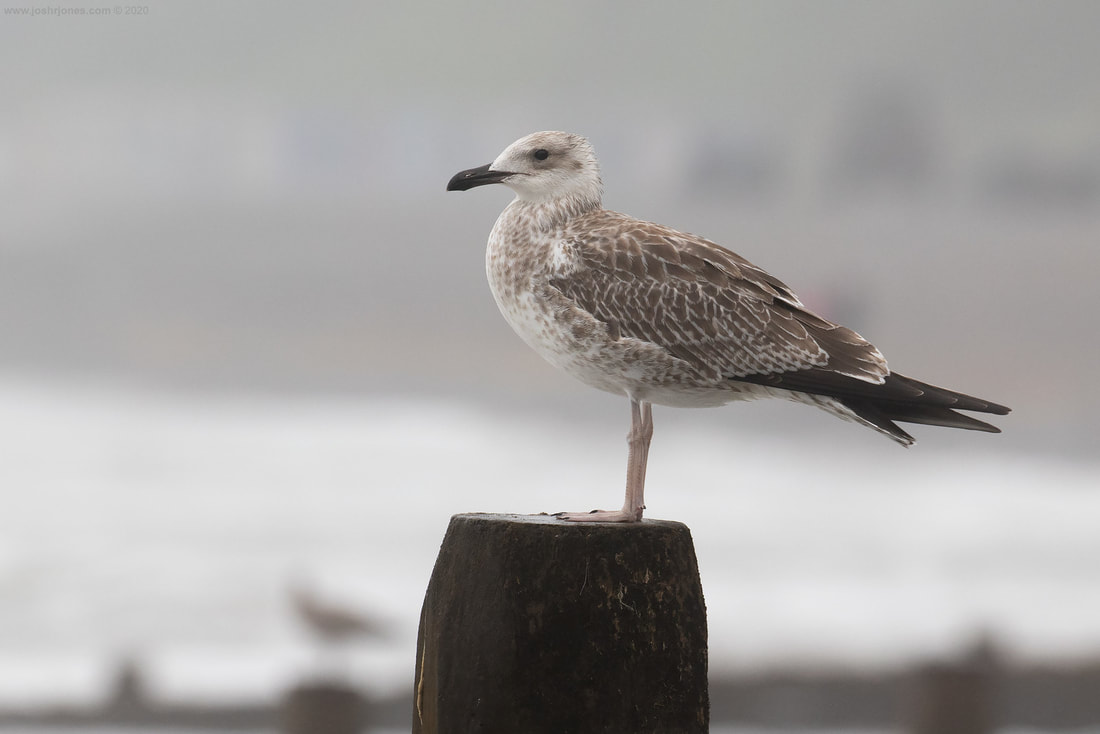
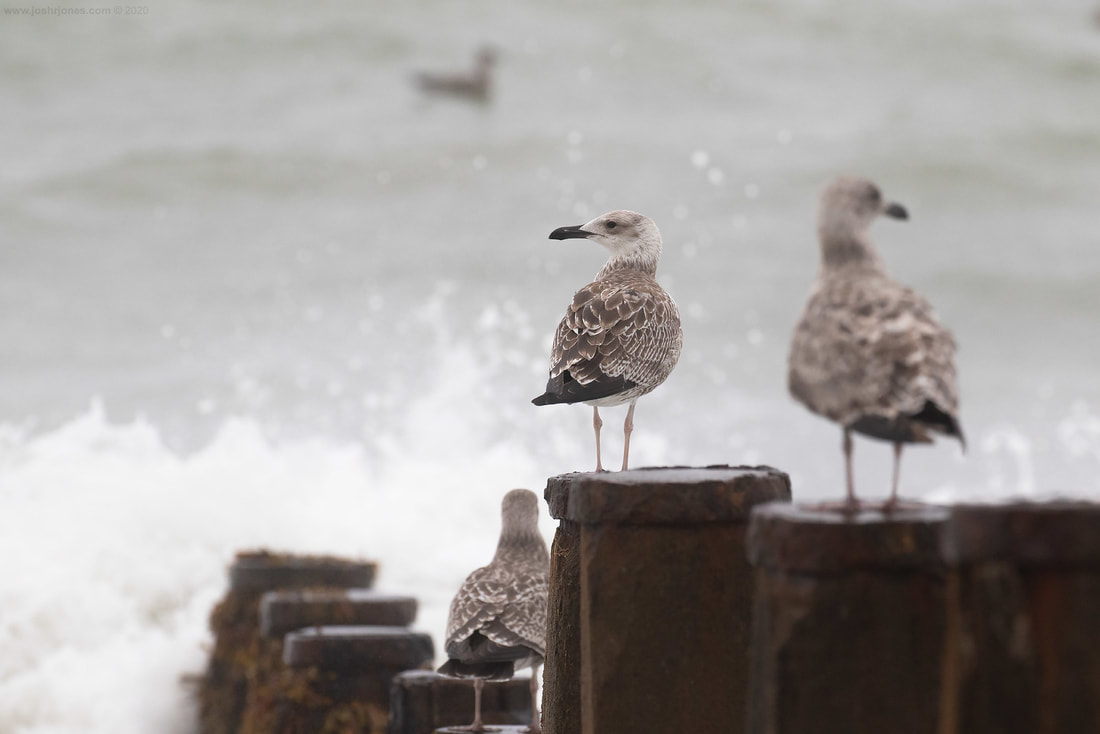
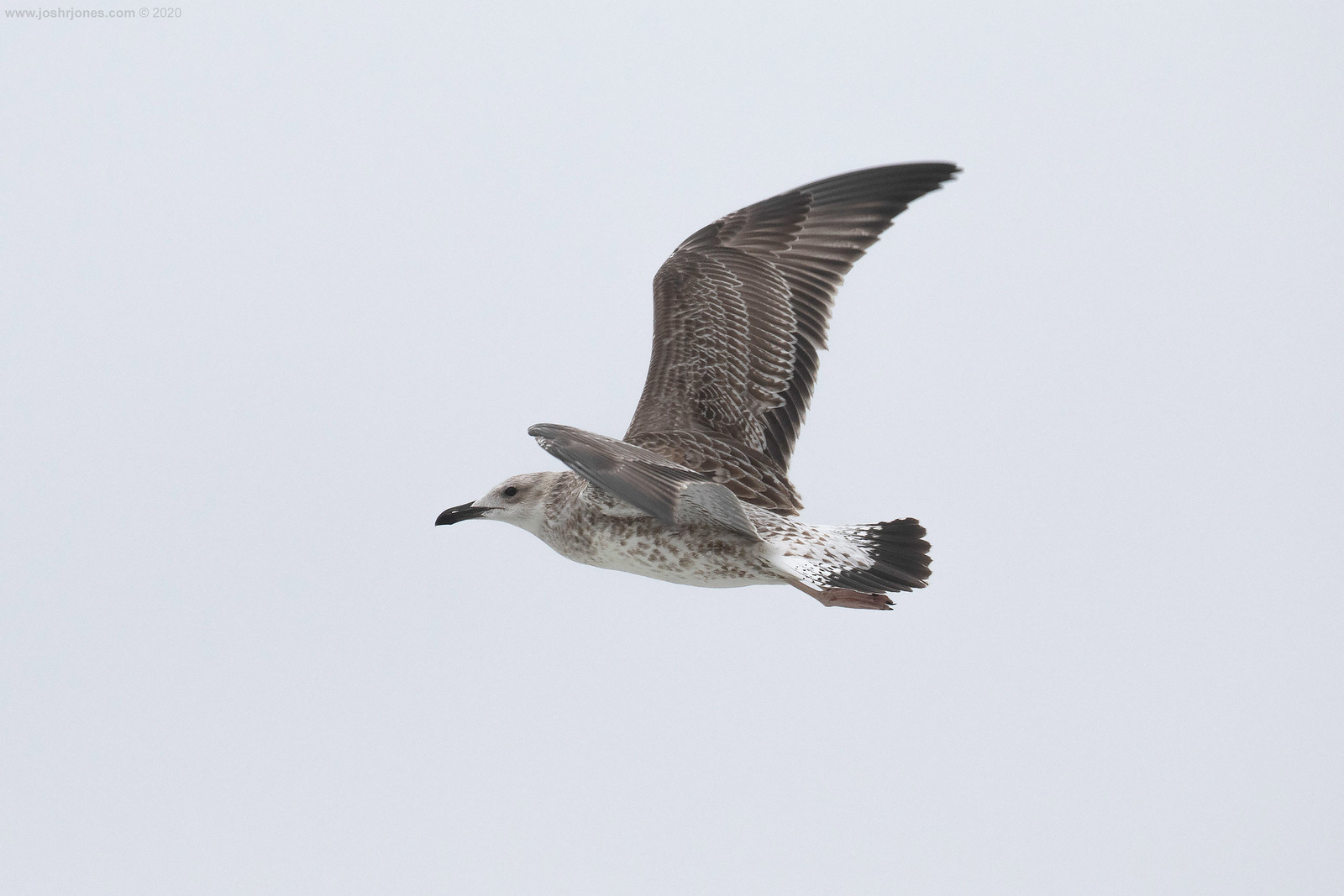
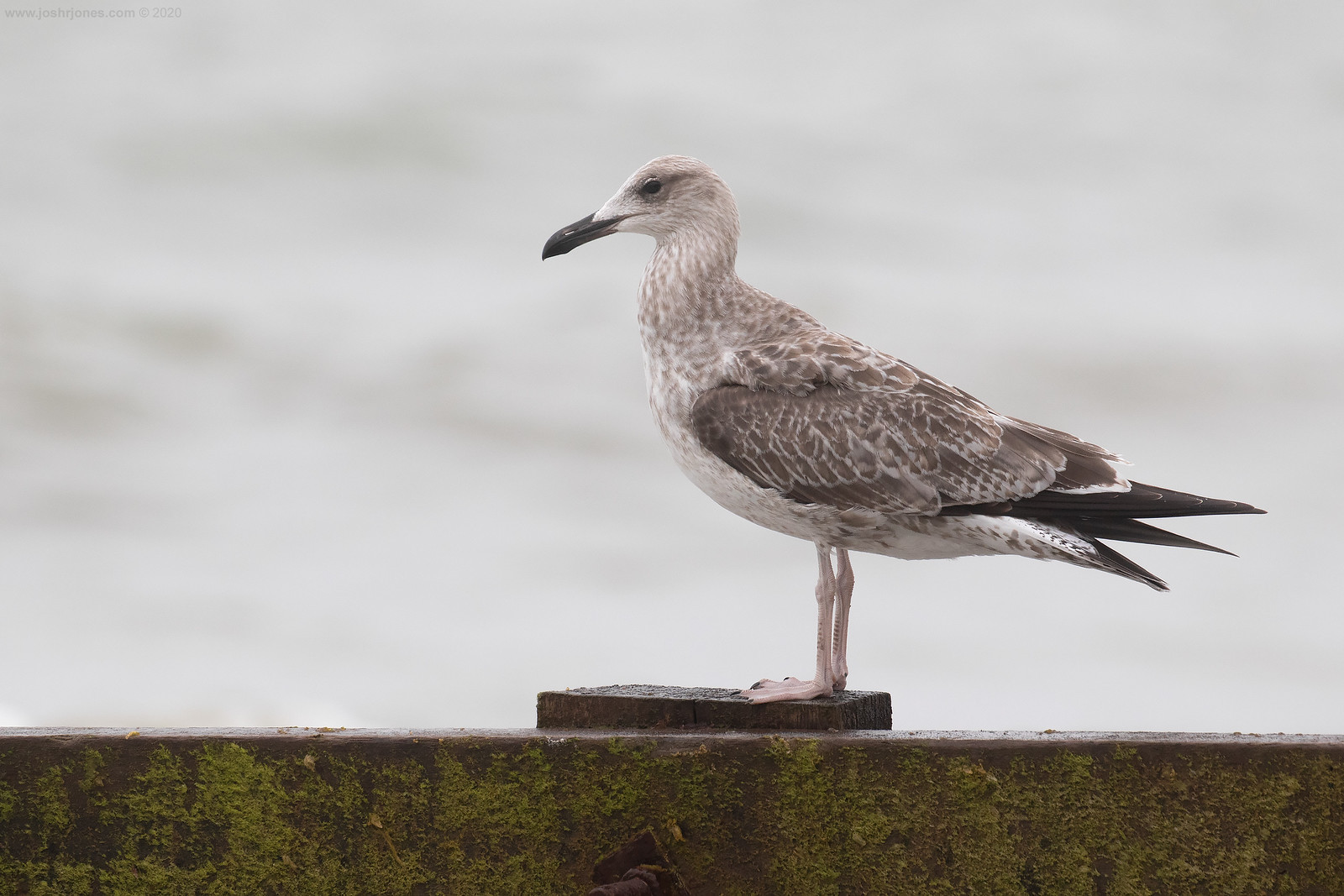
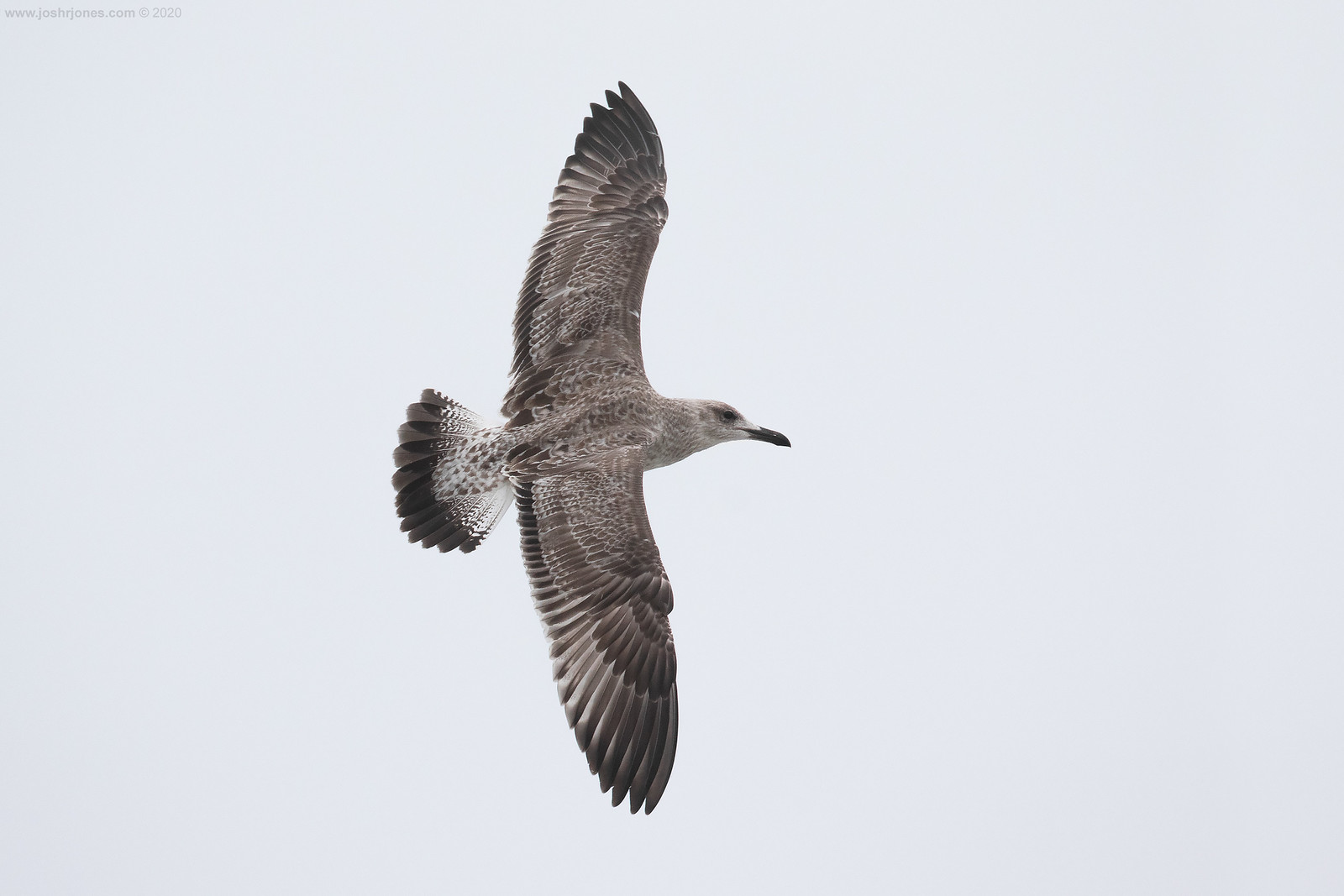
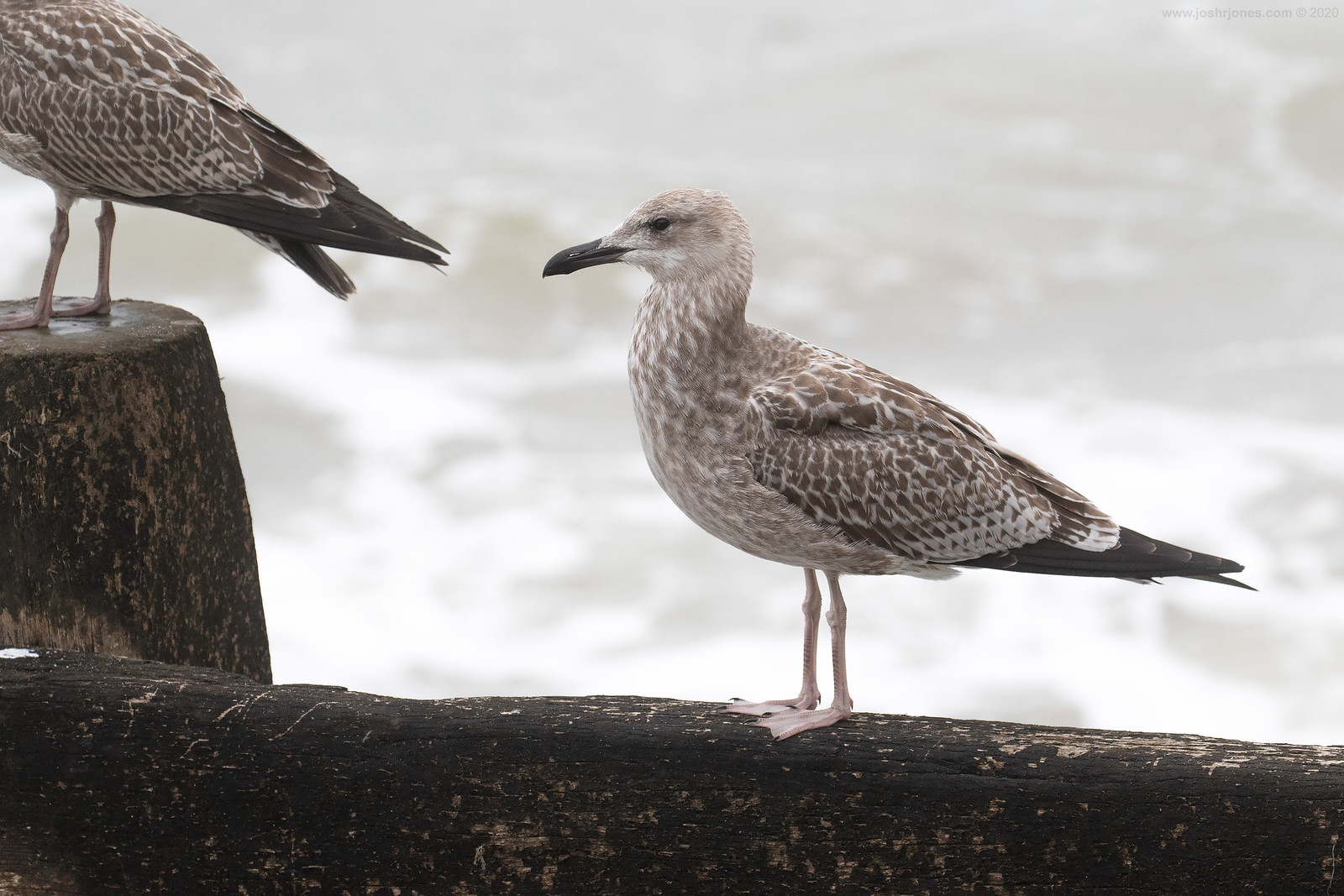
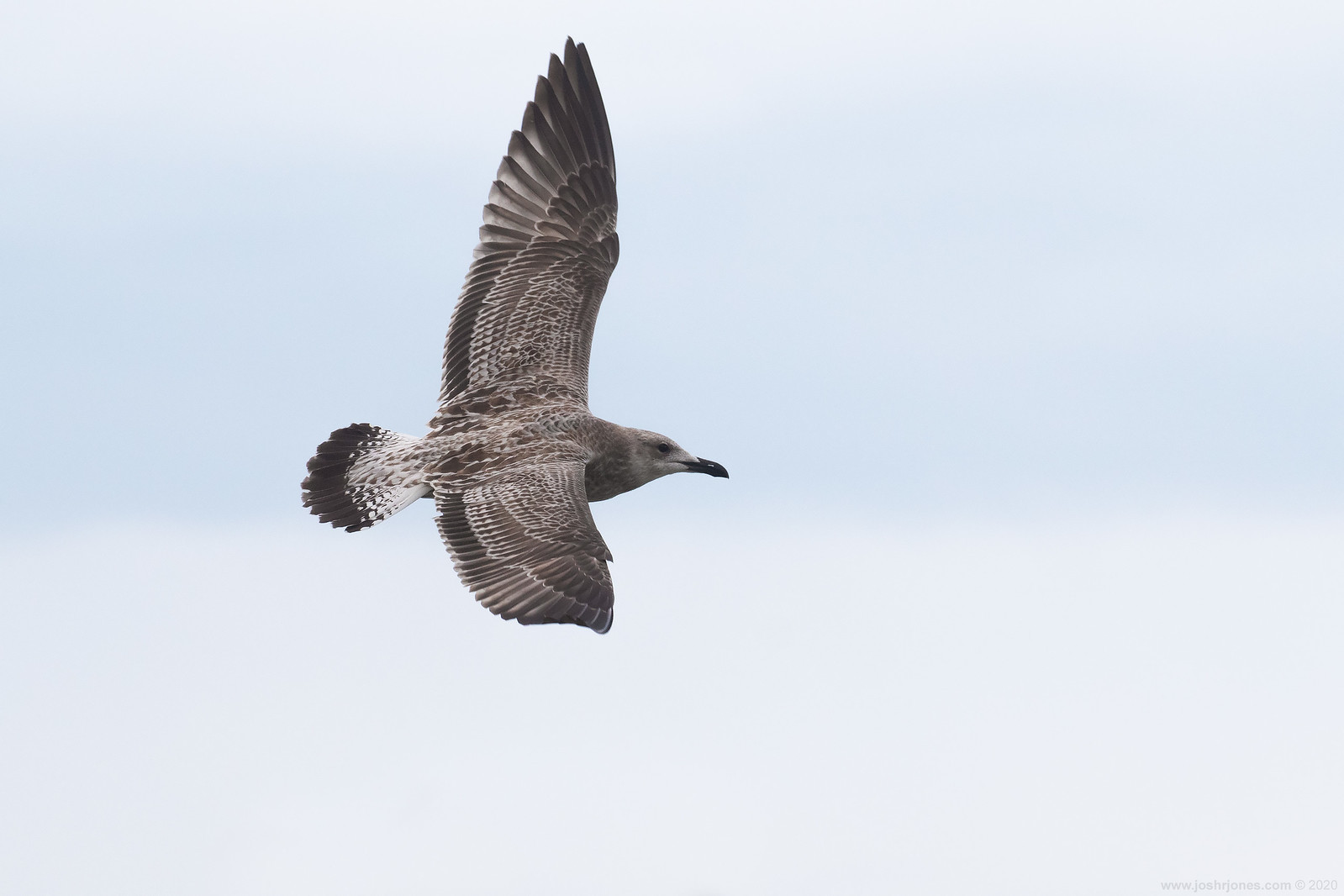
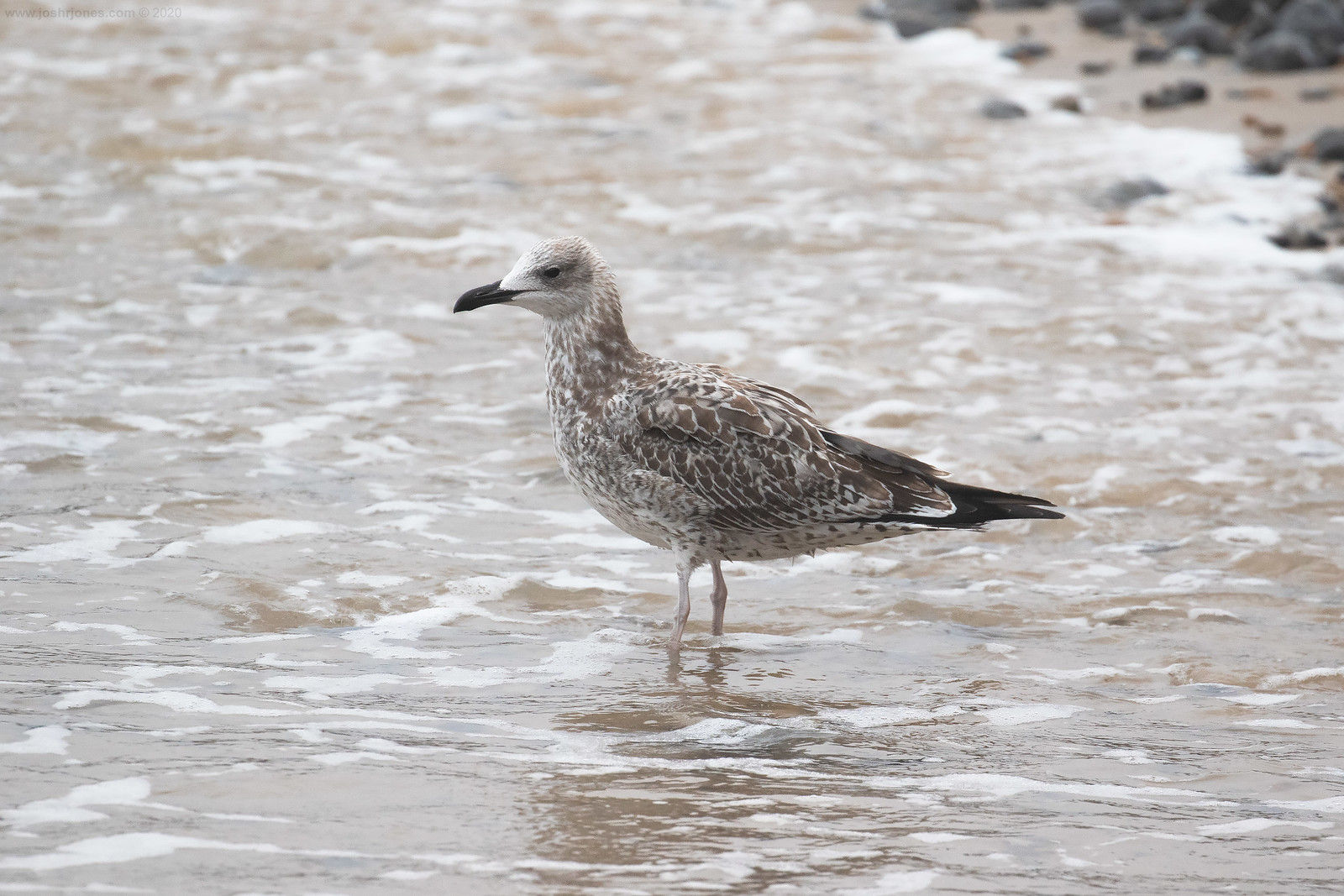

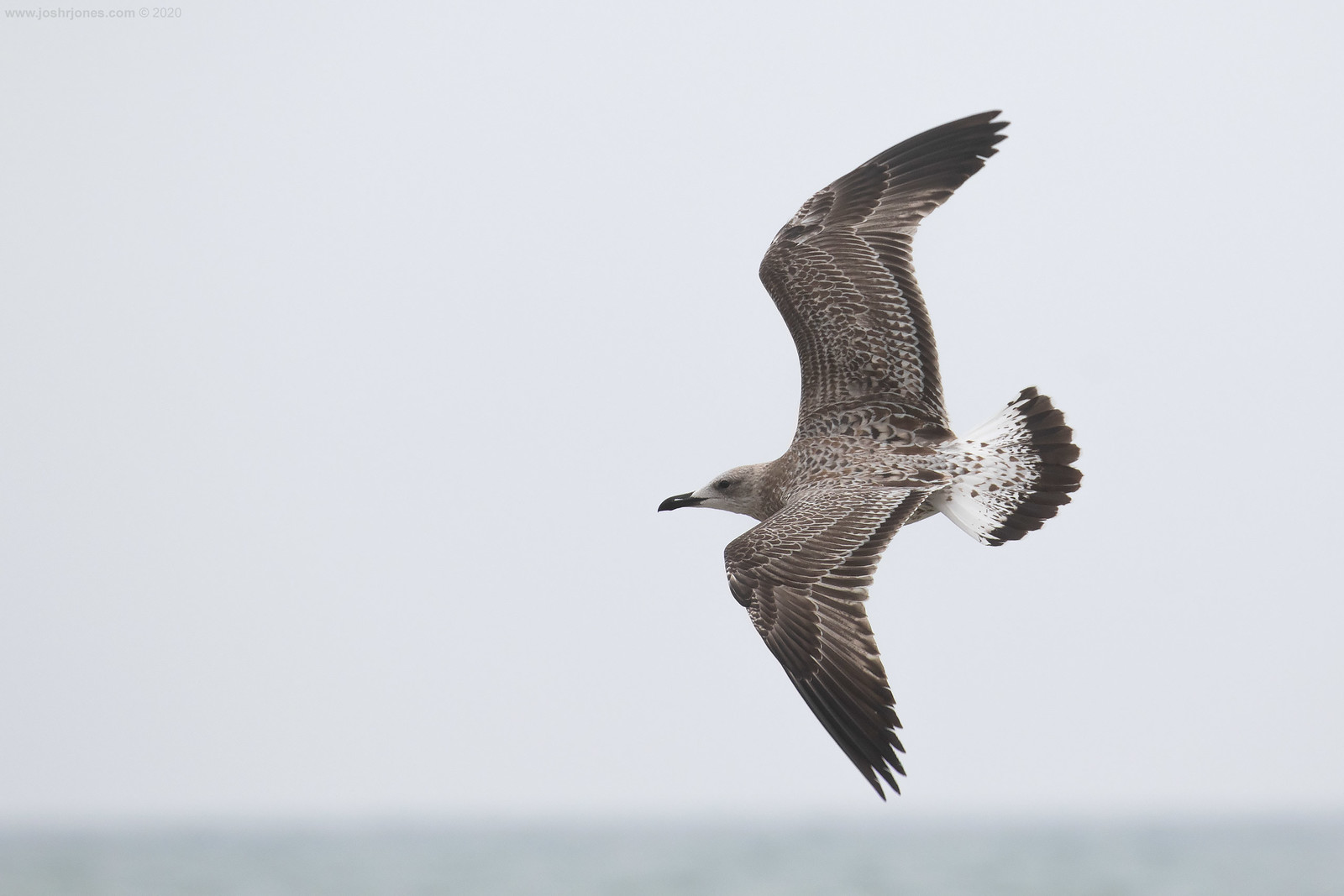
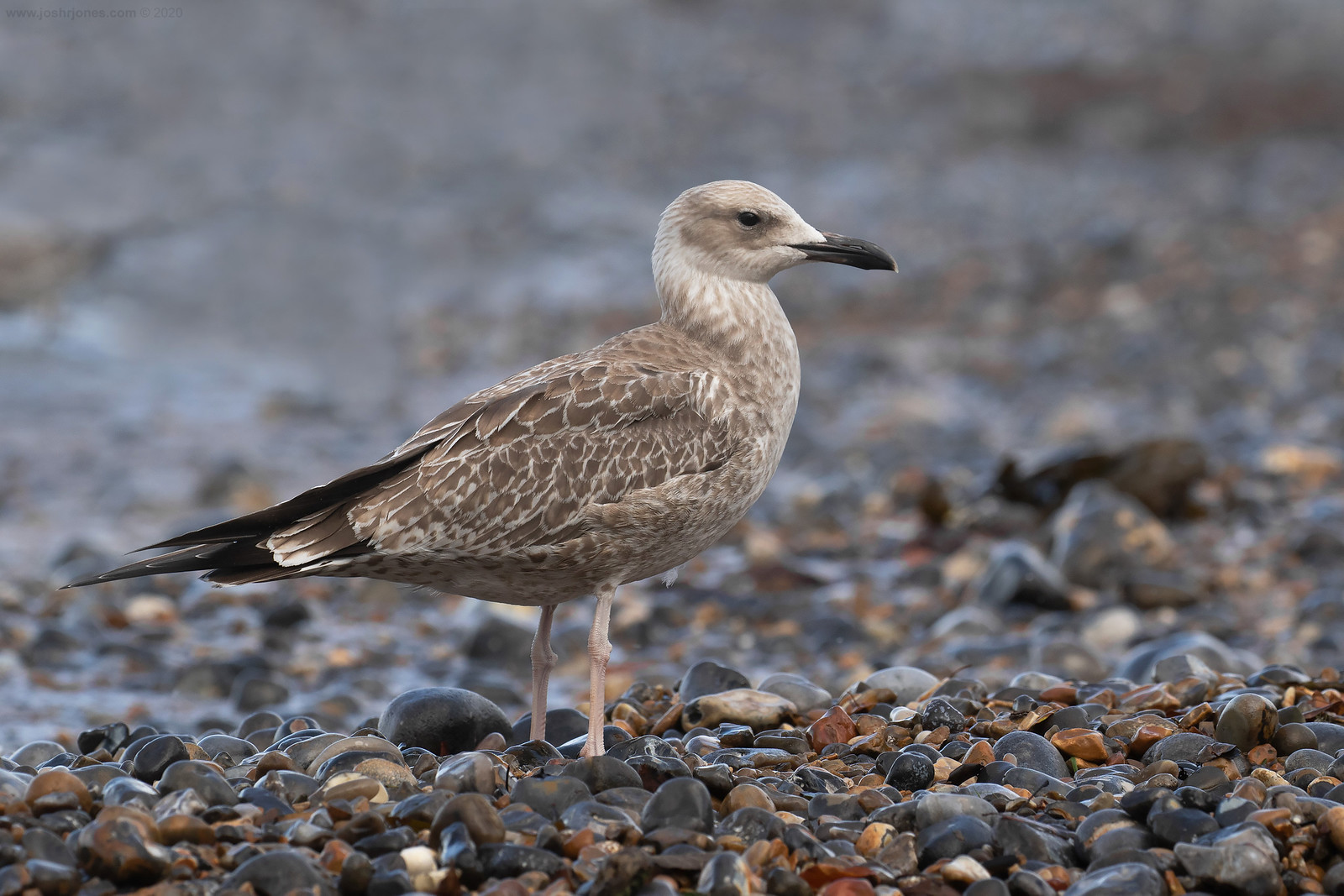
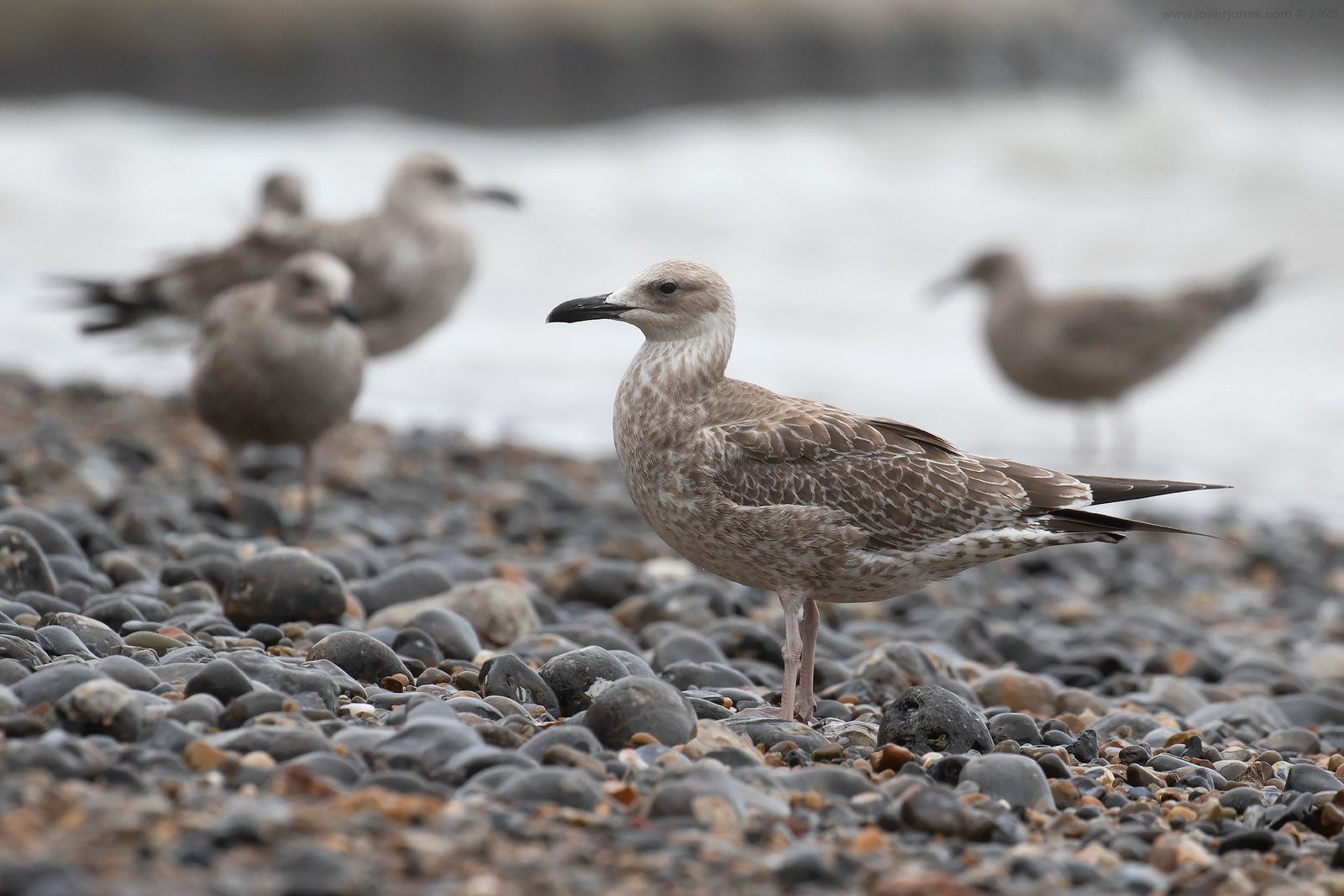
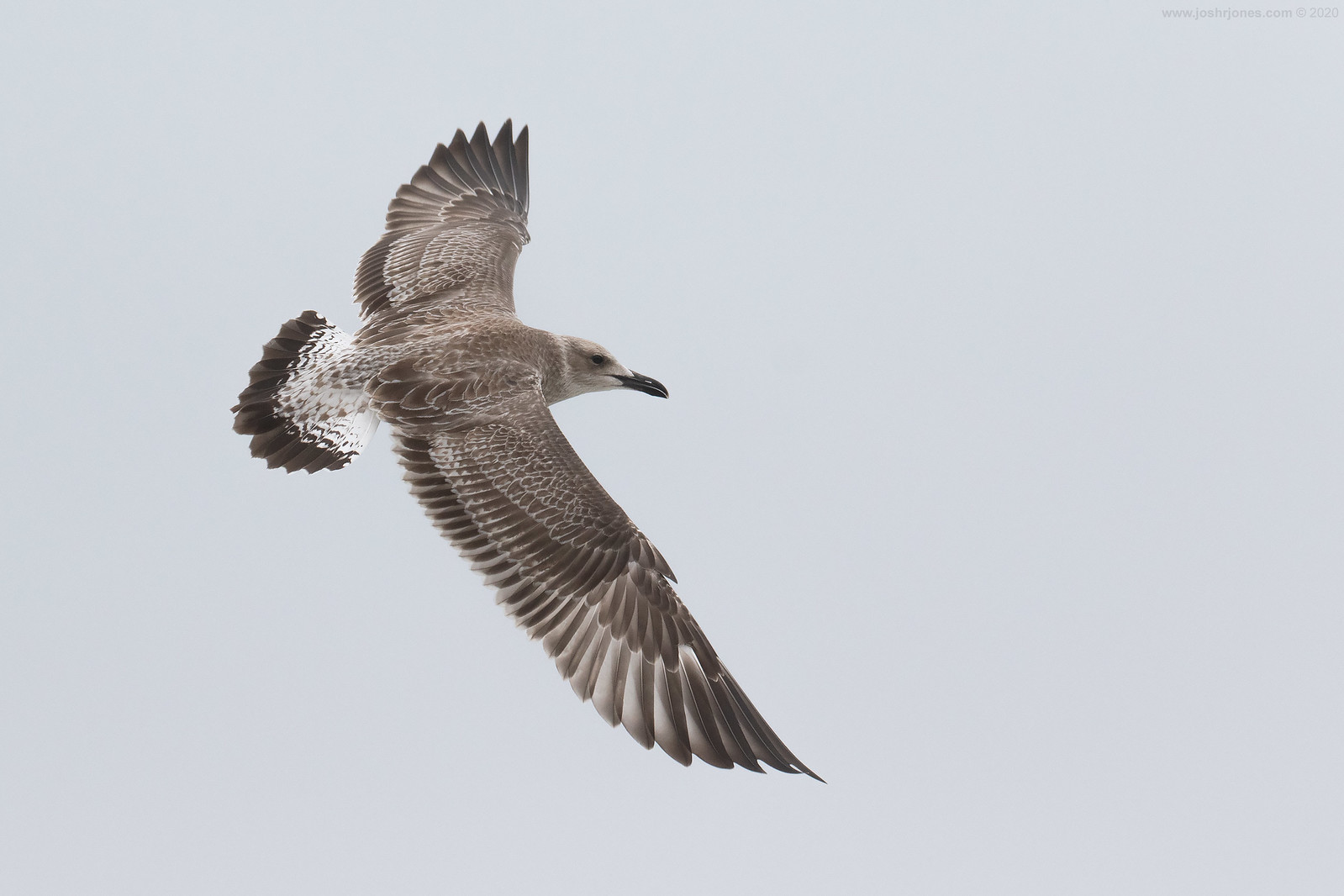
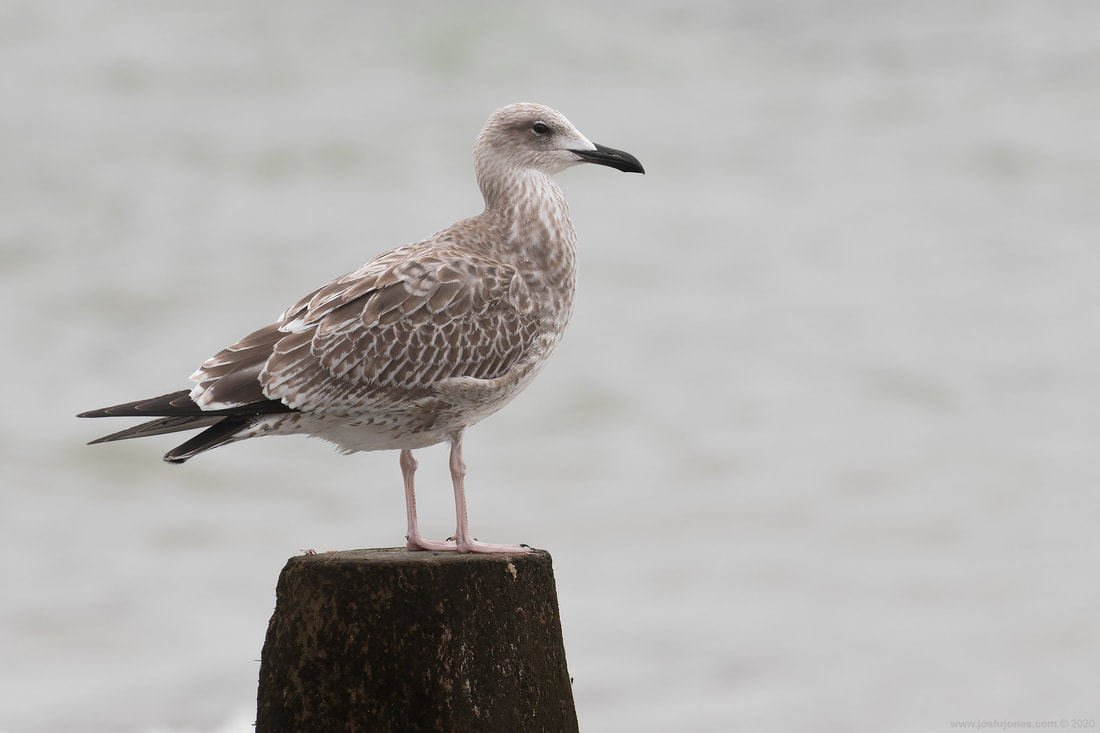
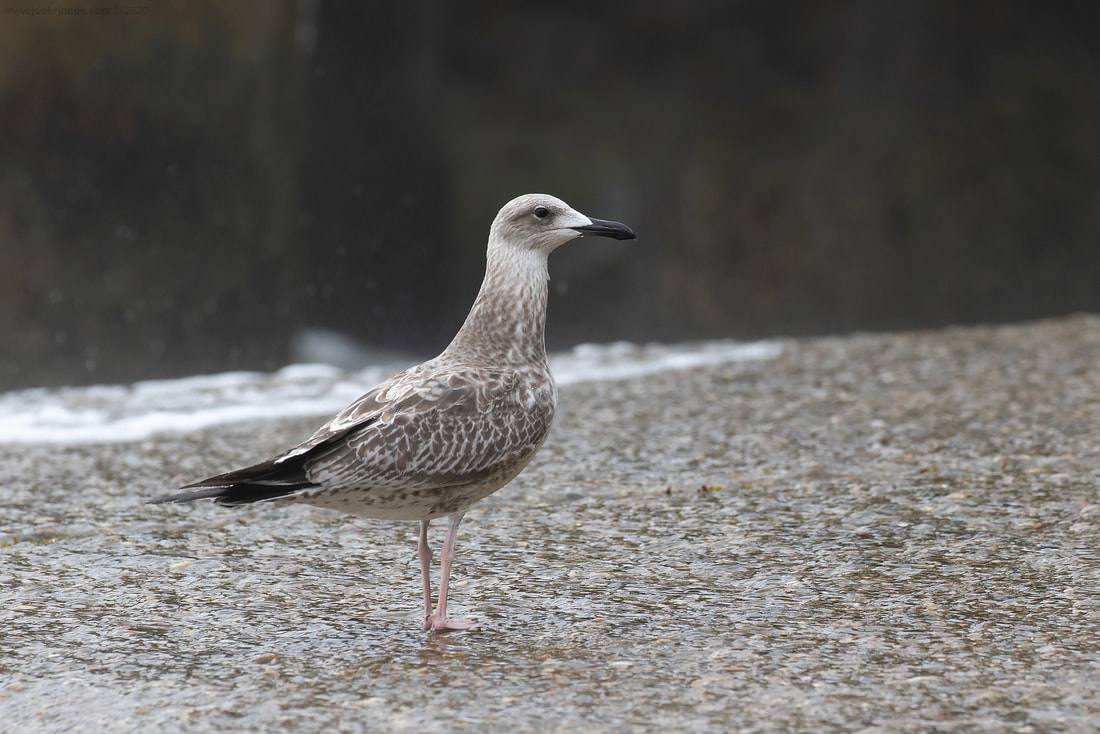
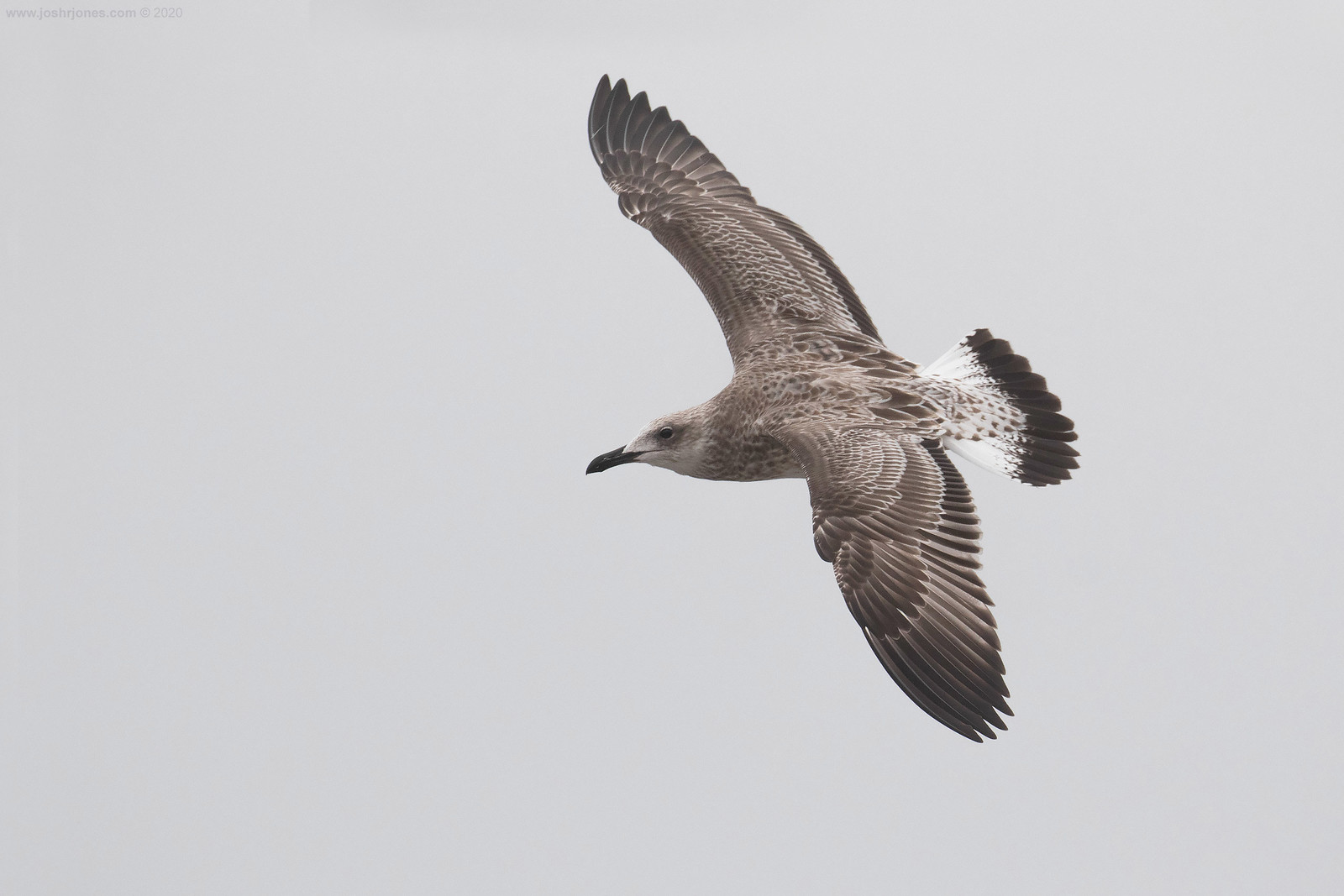
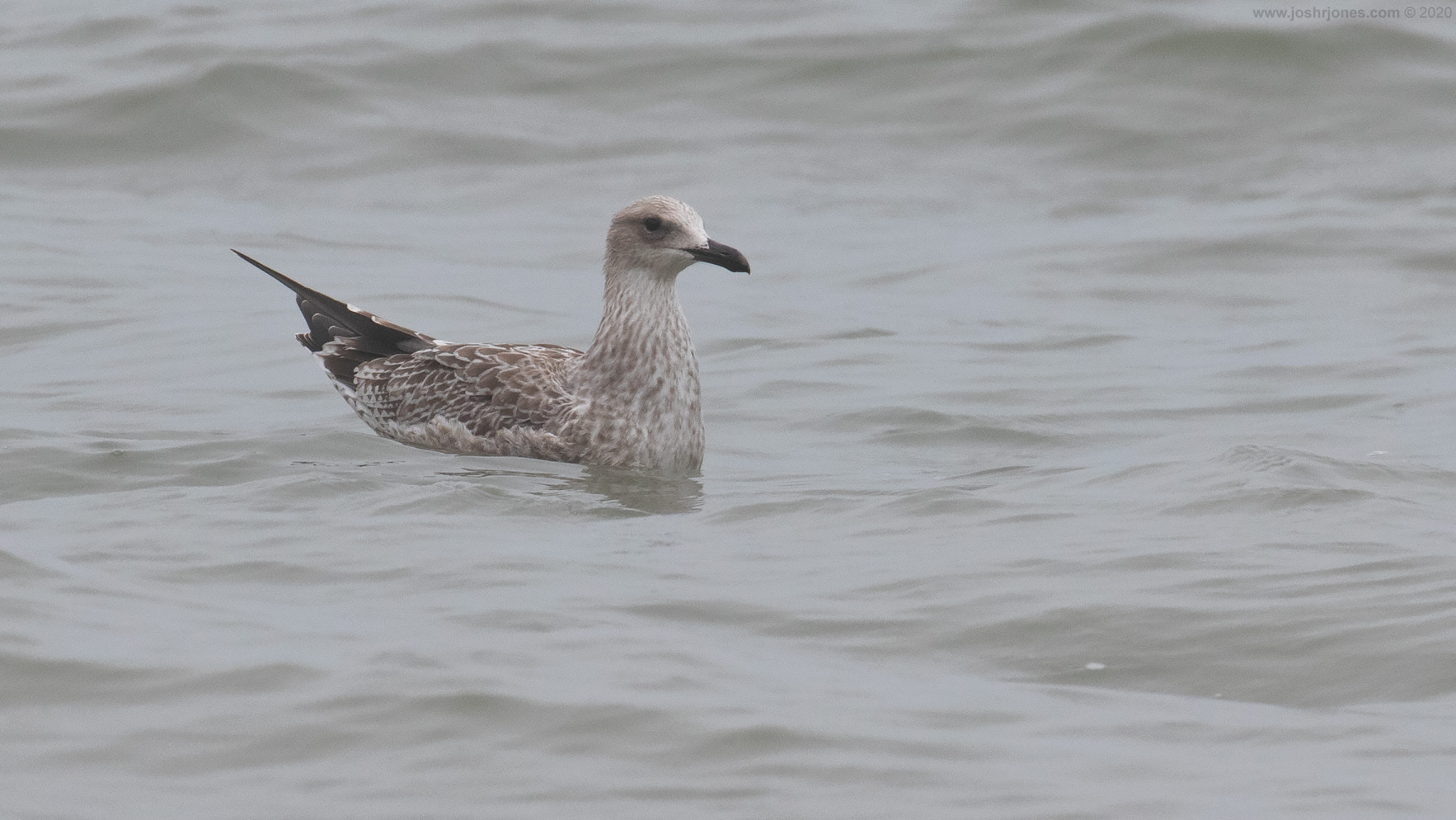
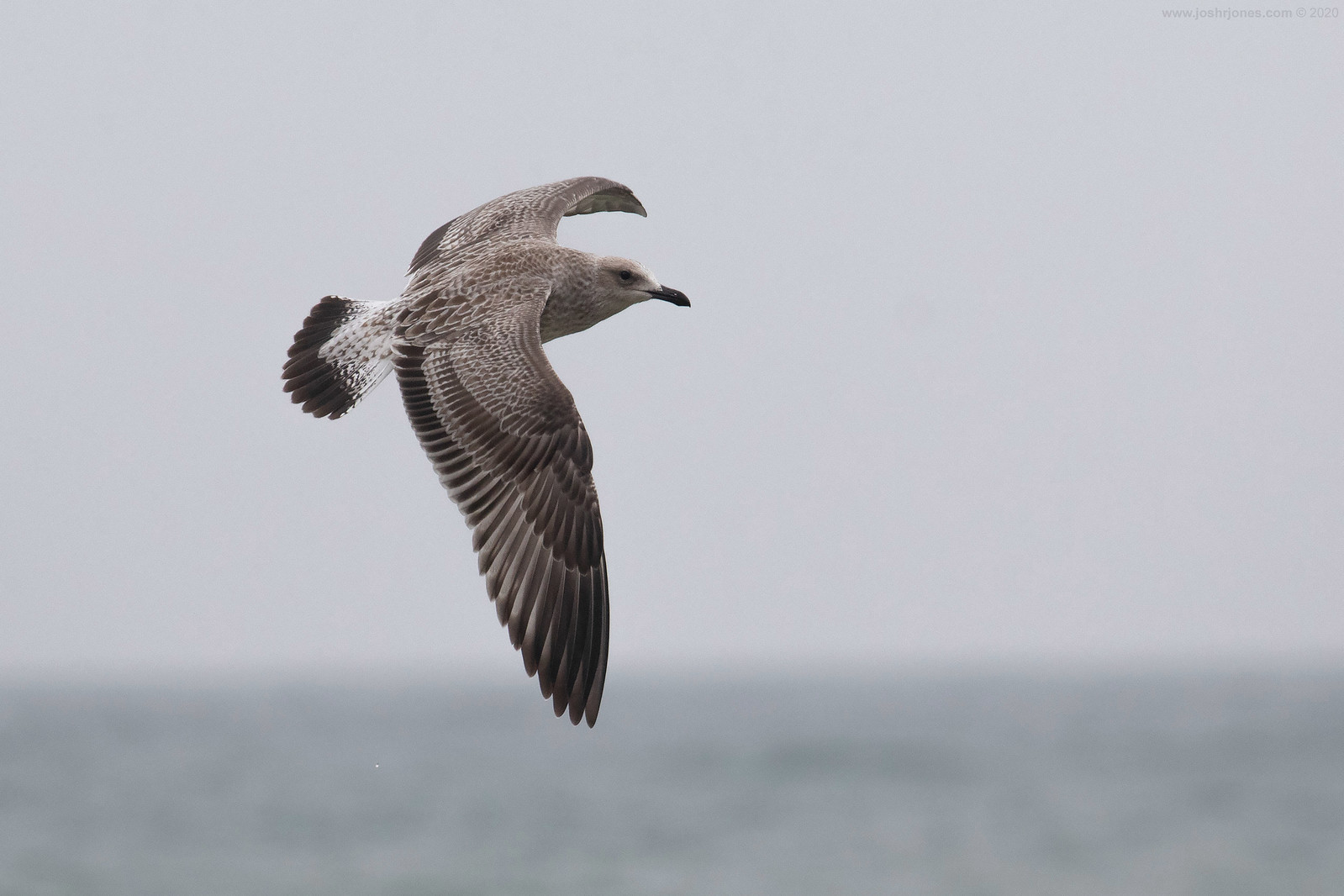
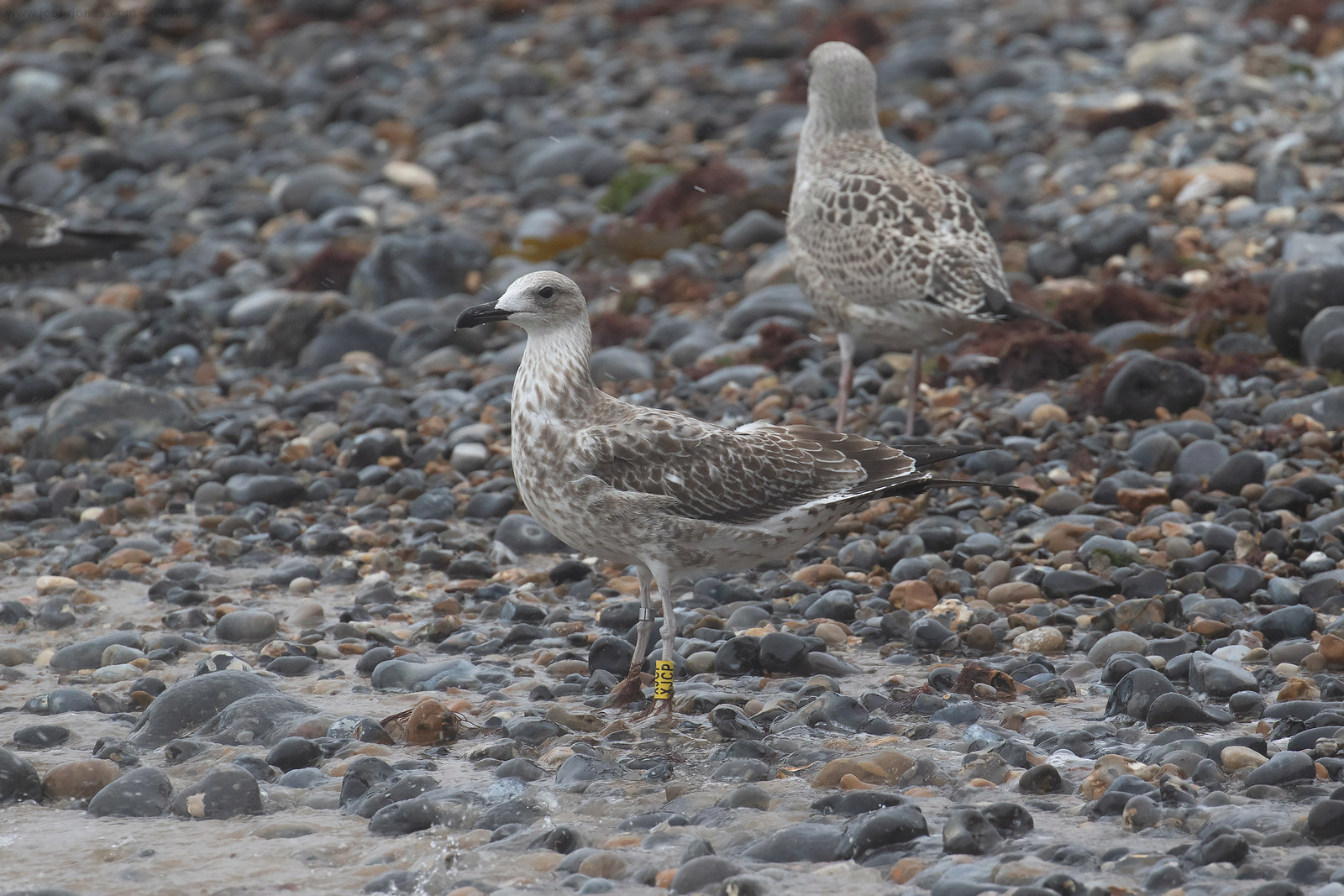
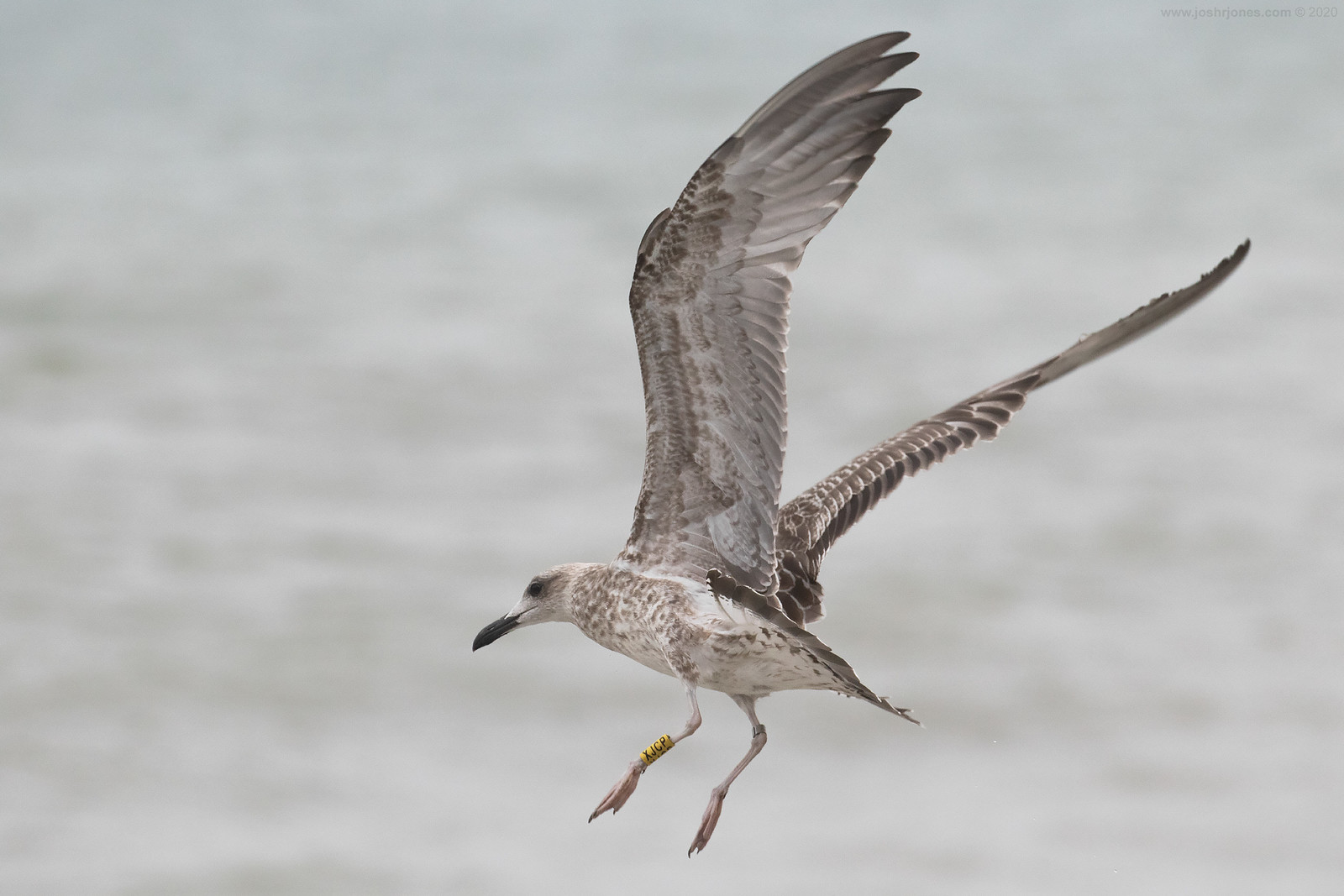
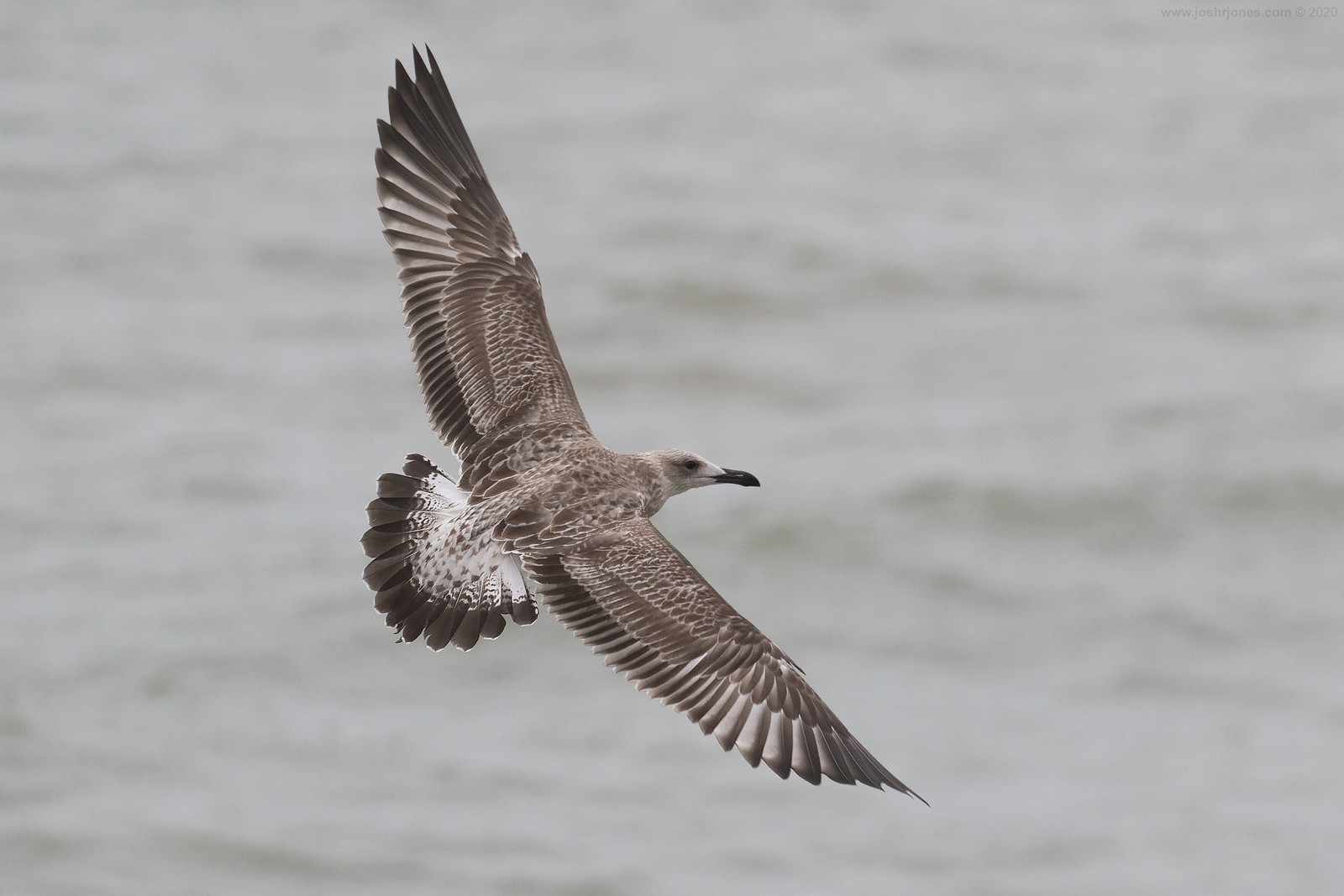
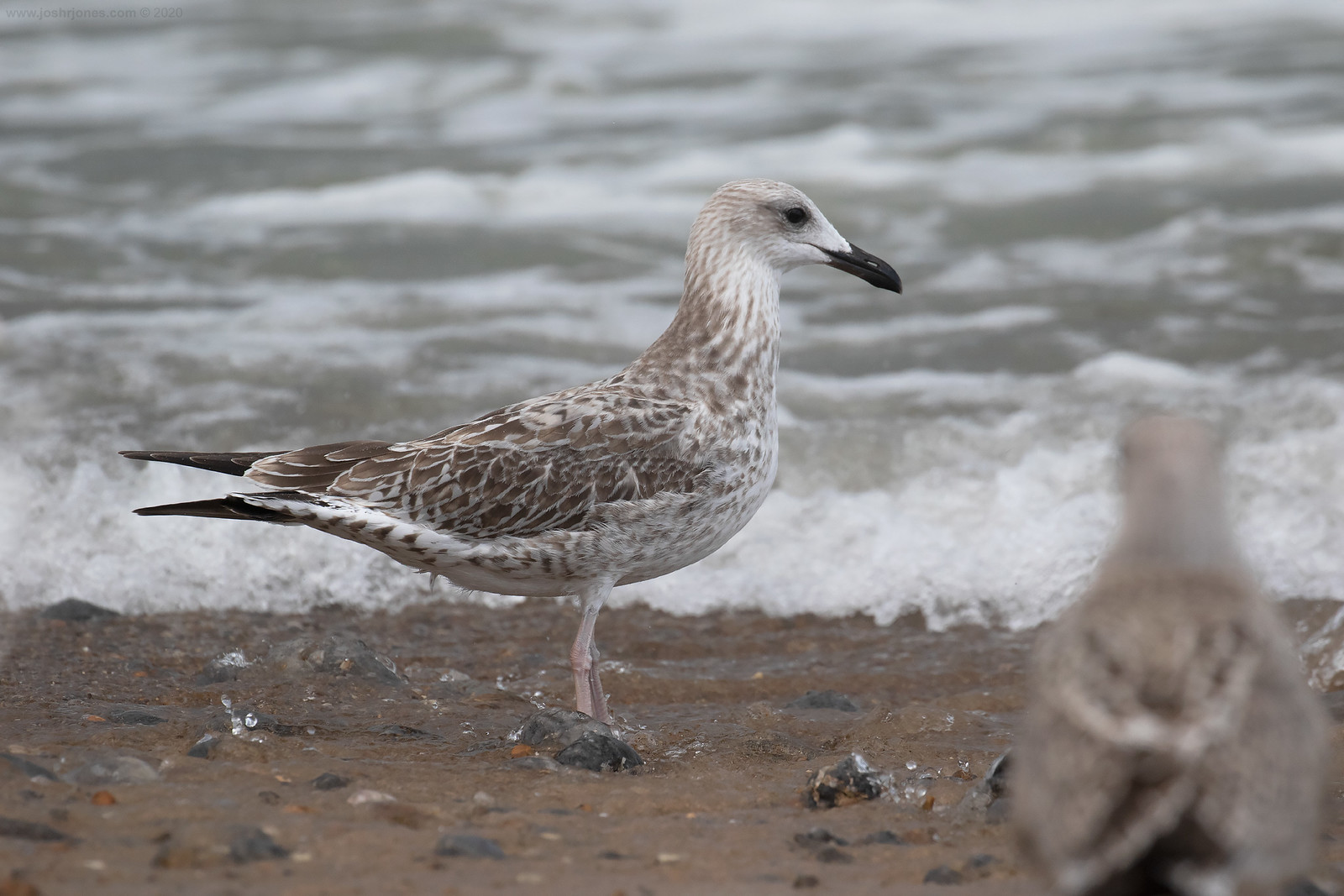
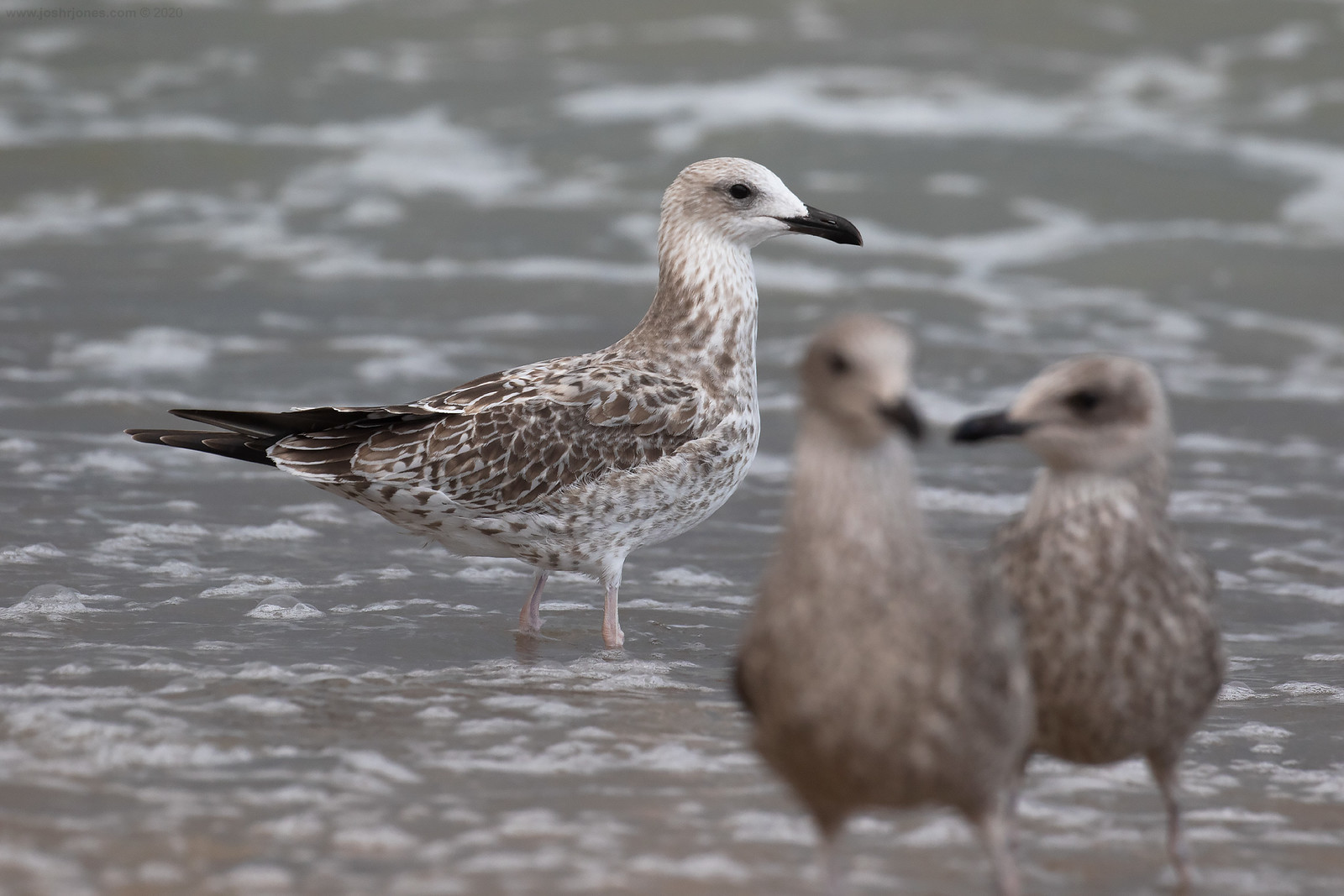
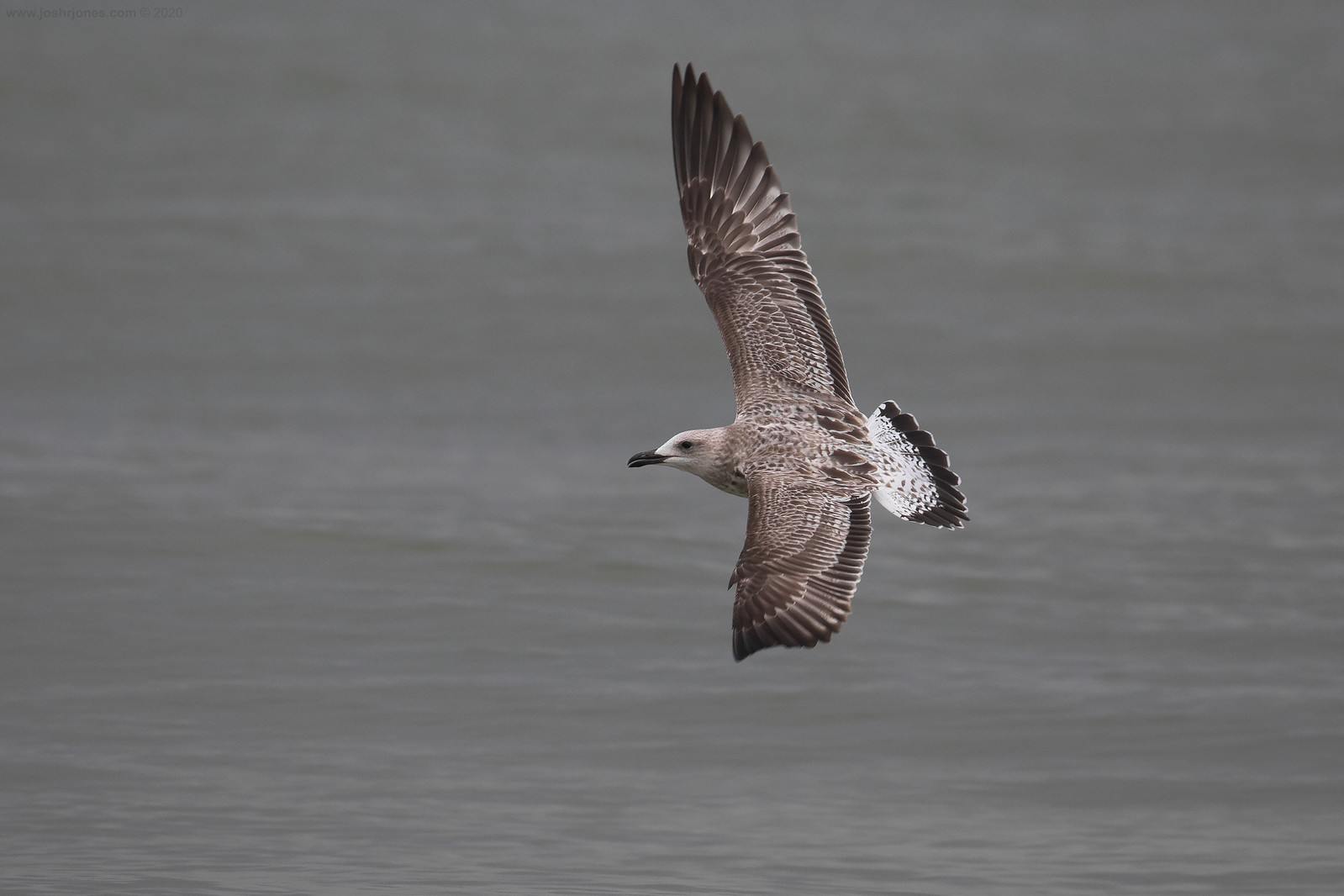
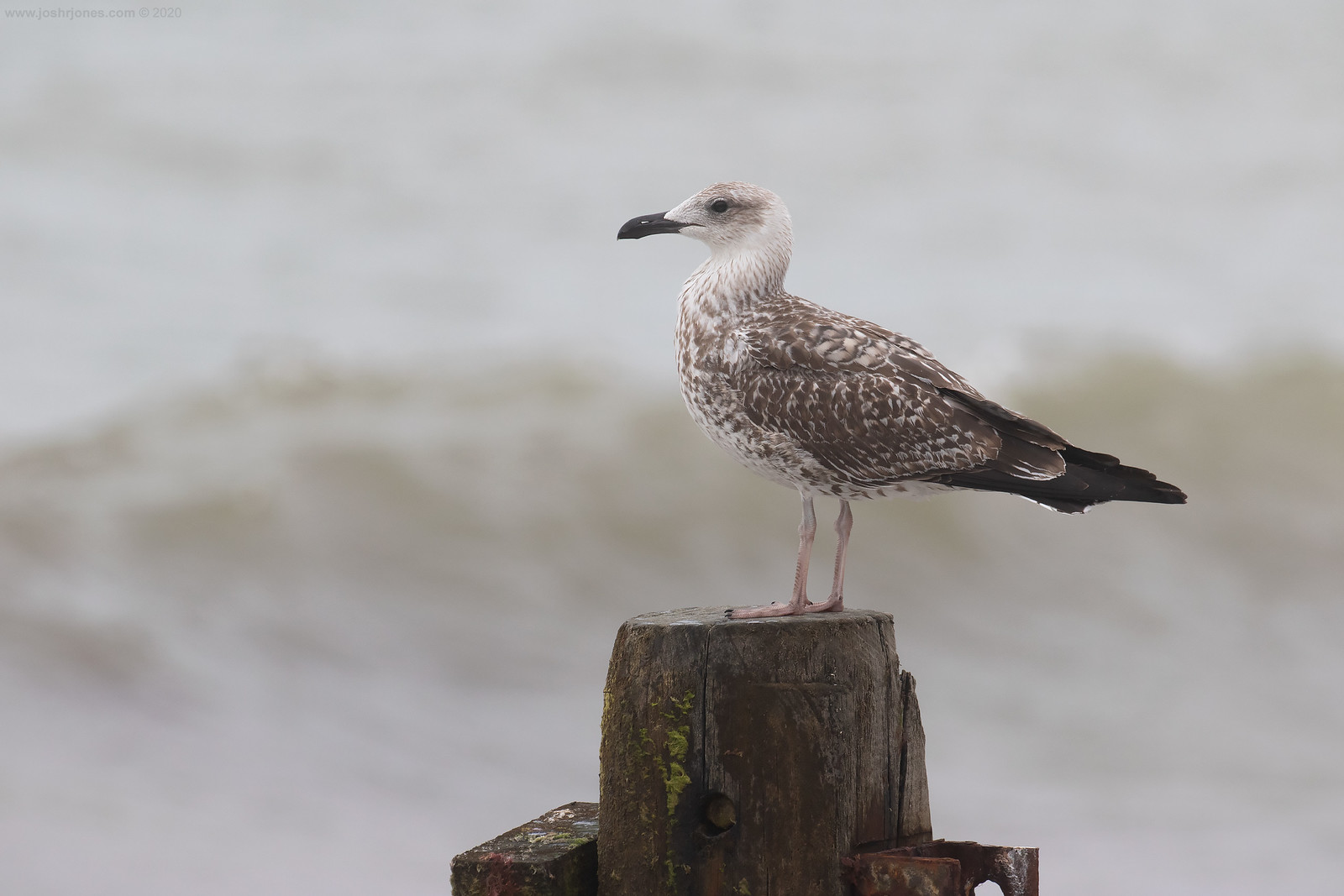
 RSS Feed
RSS Feed